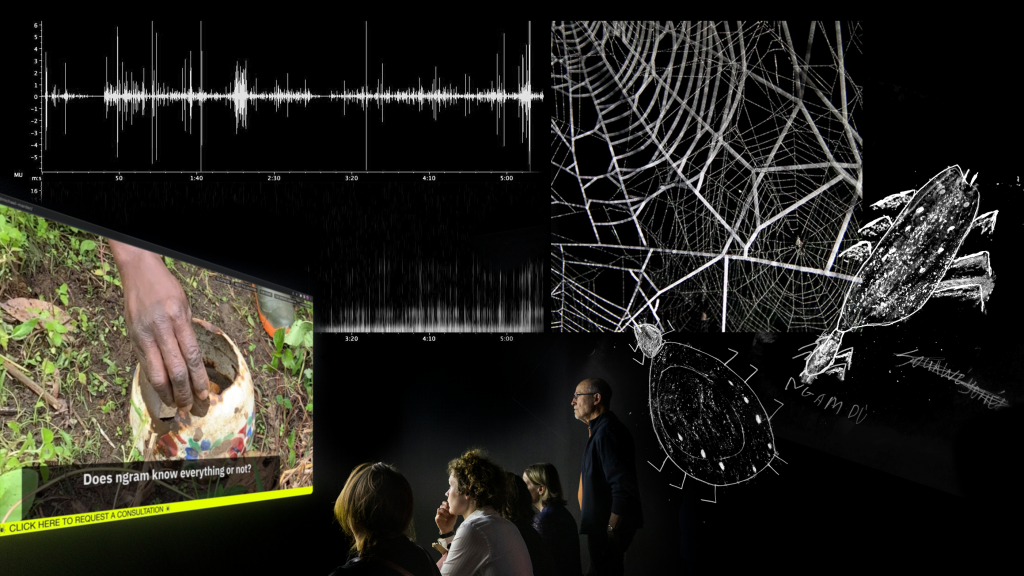

...

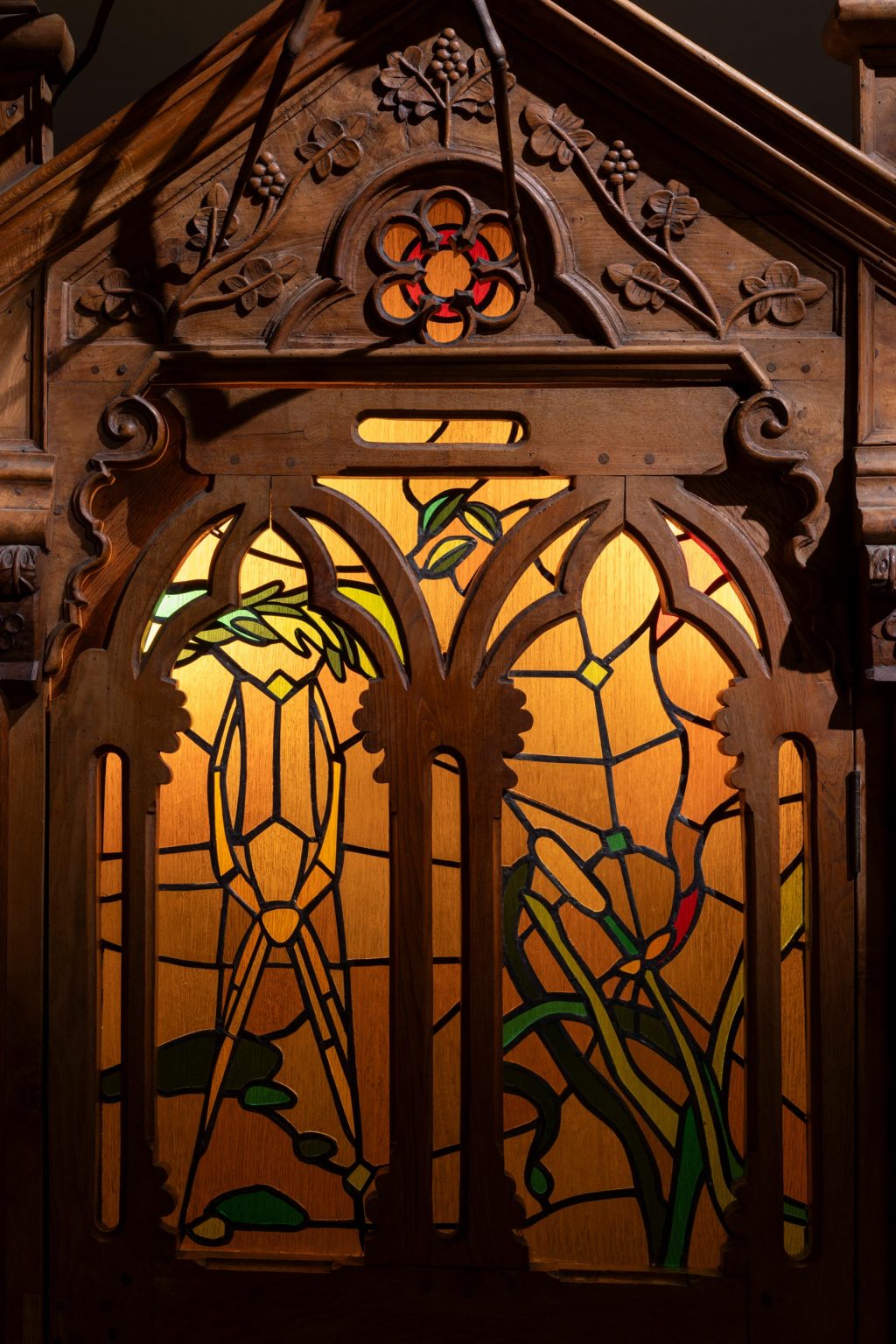
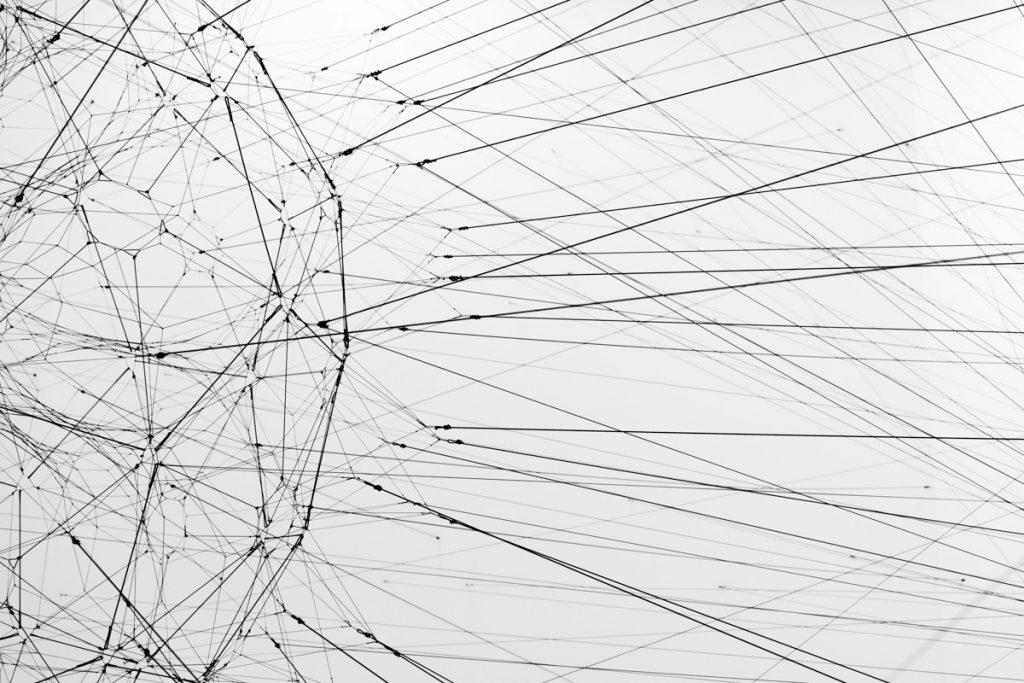
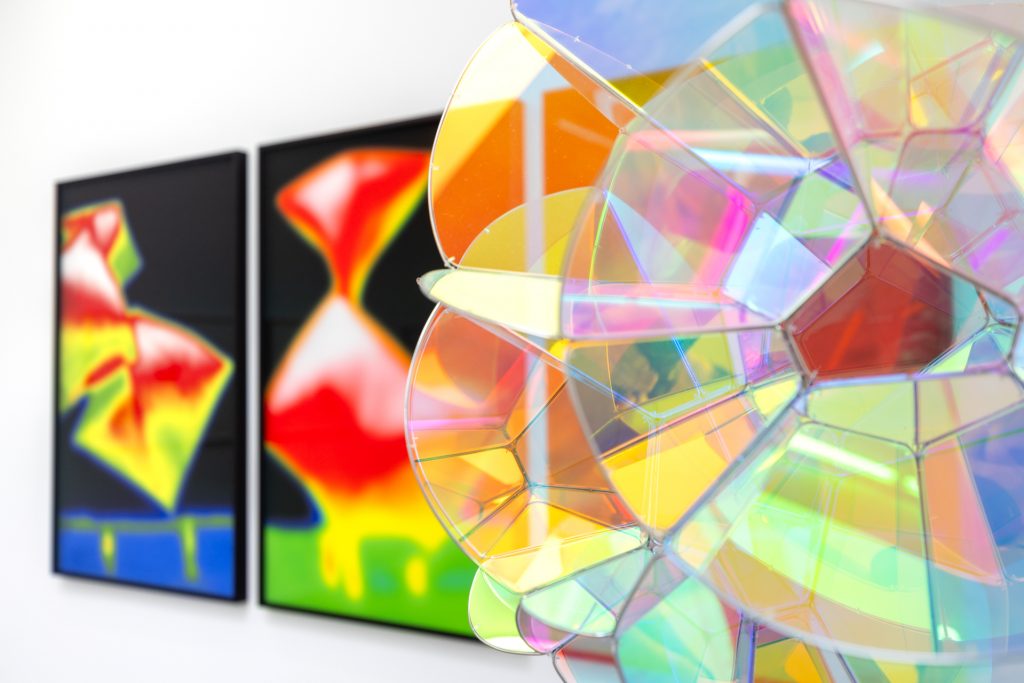
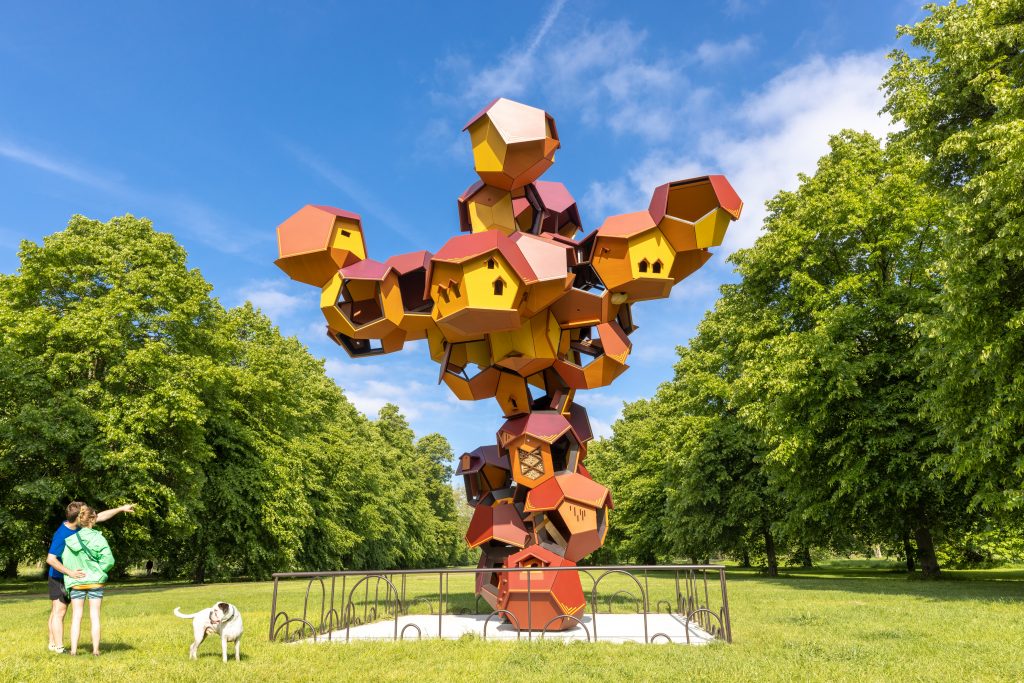
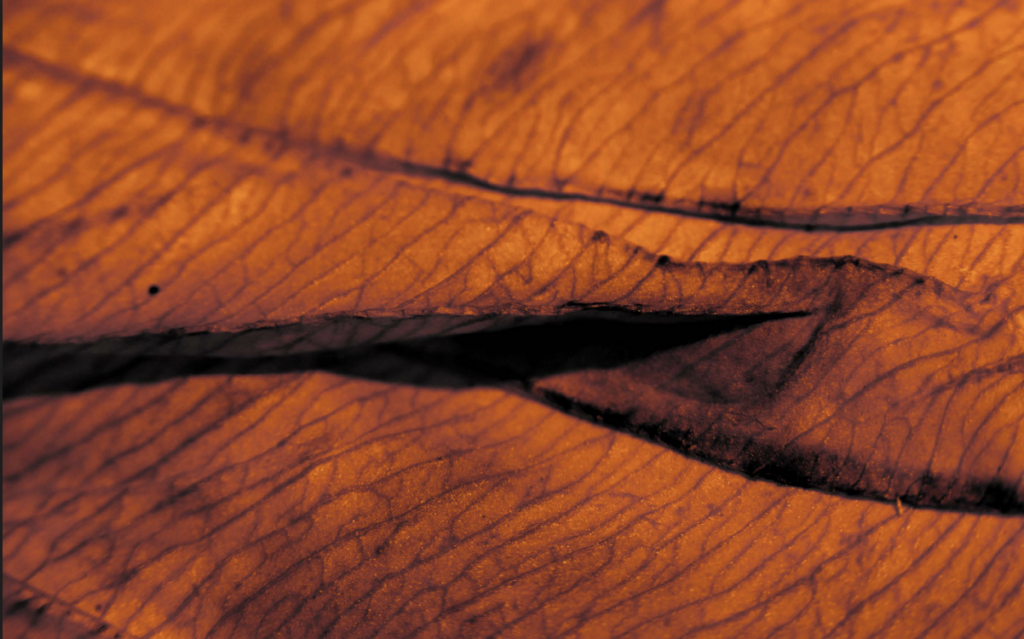

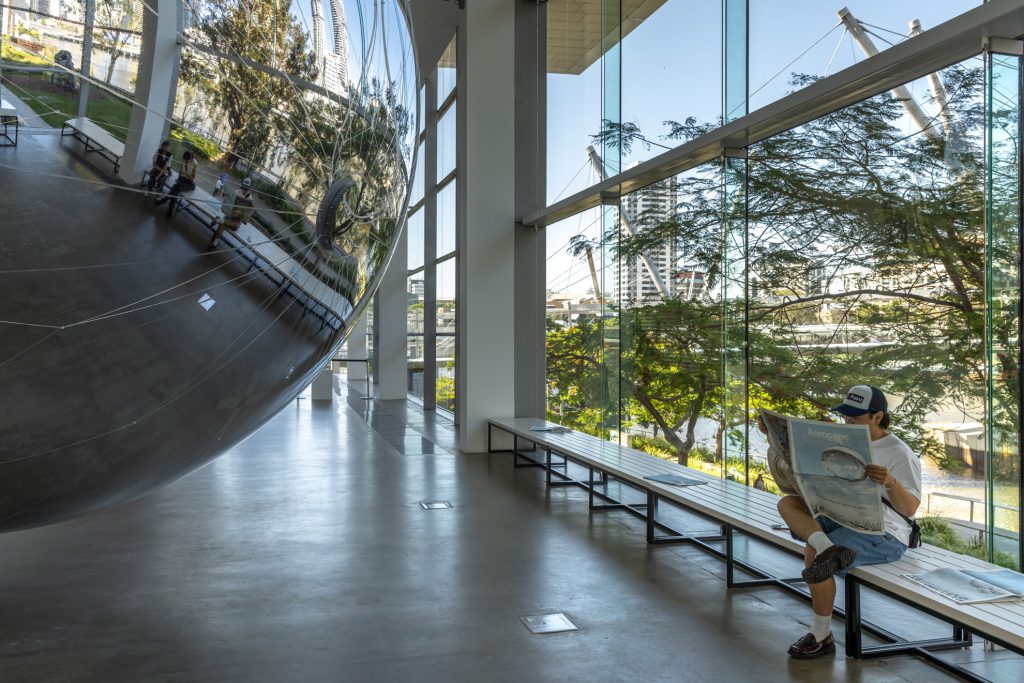
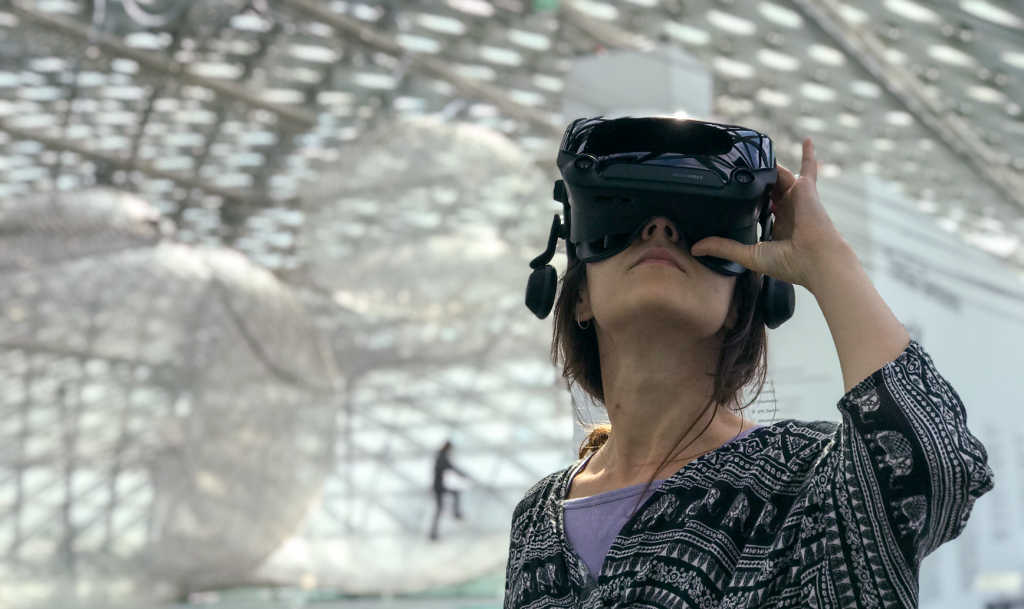
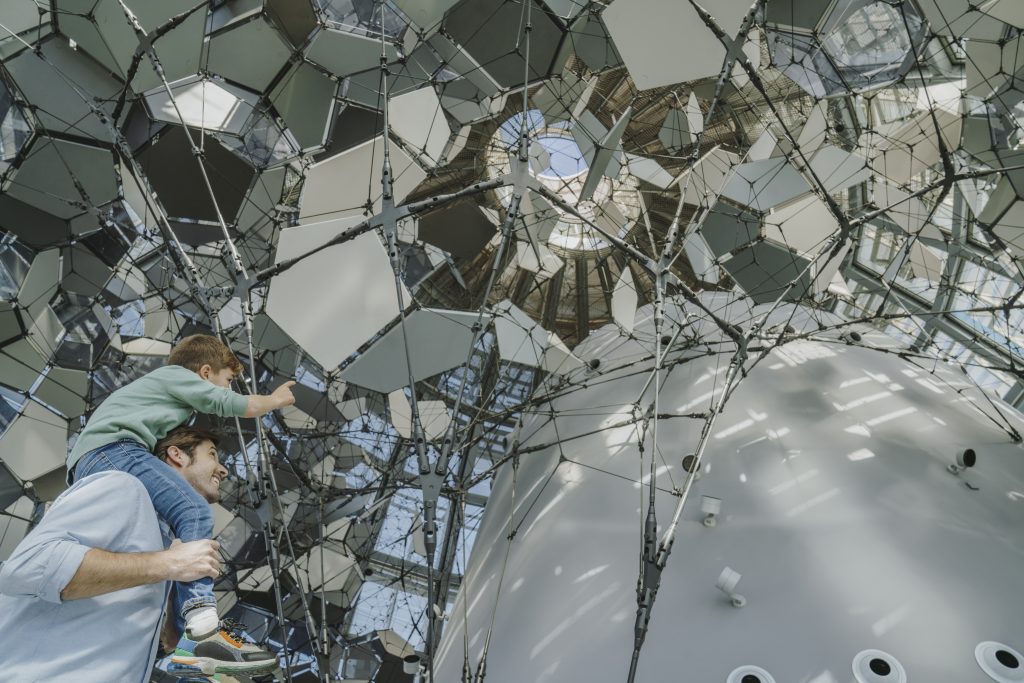

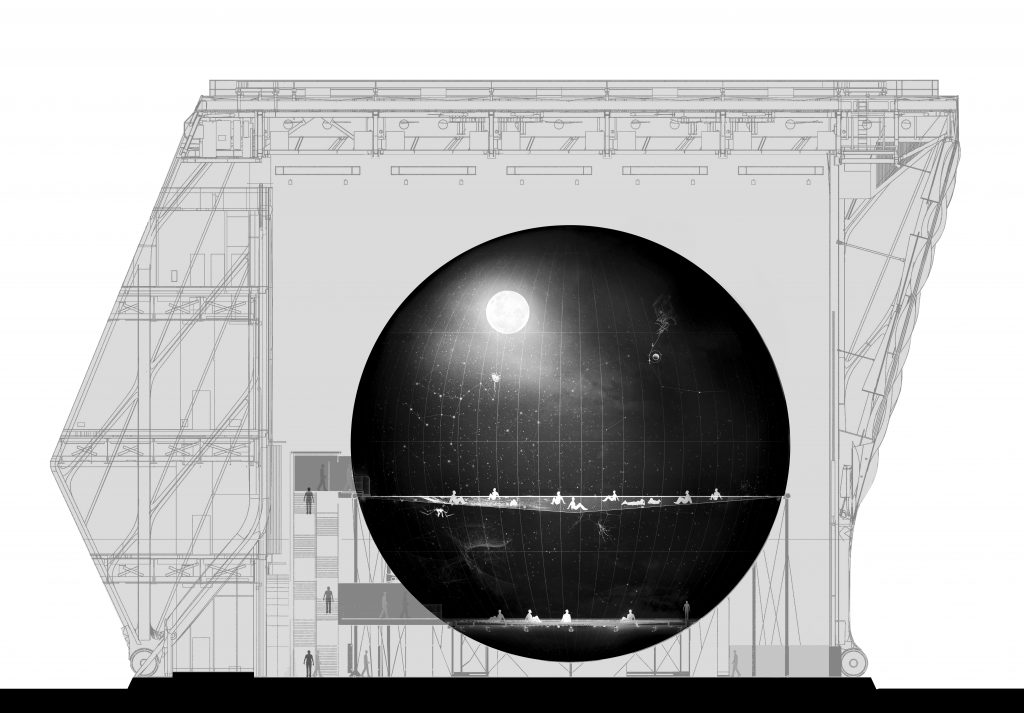
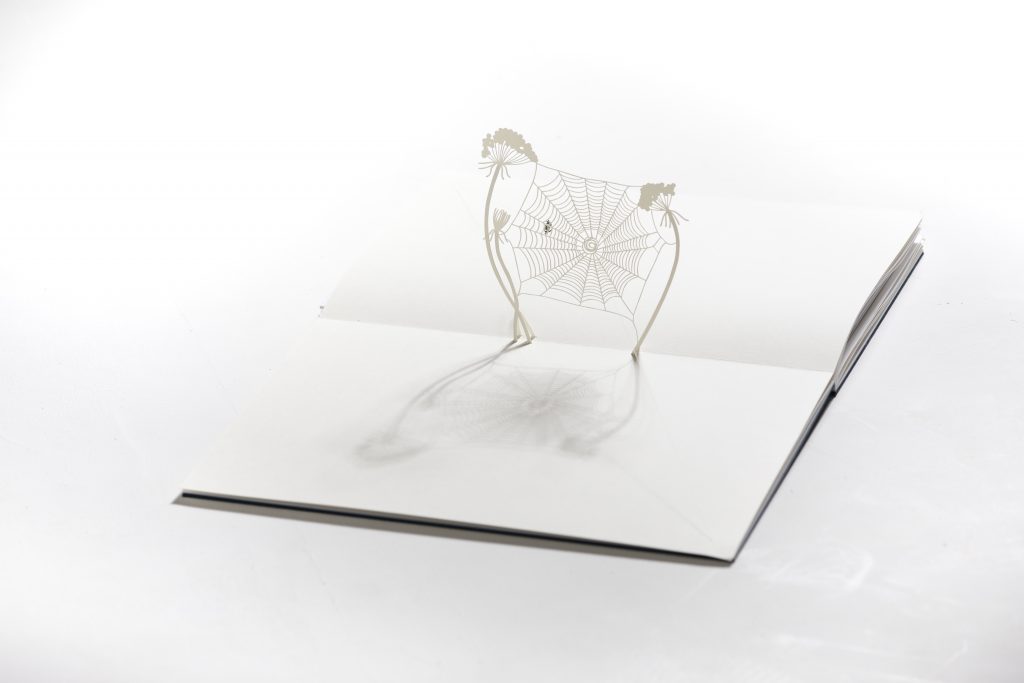
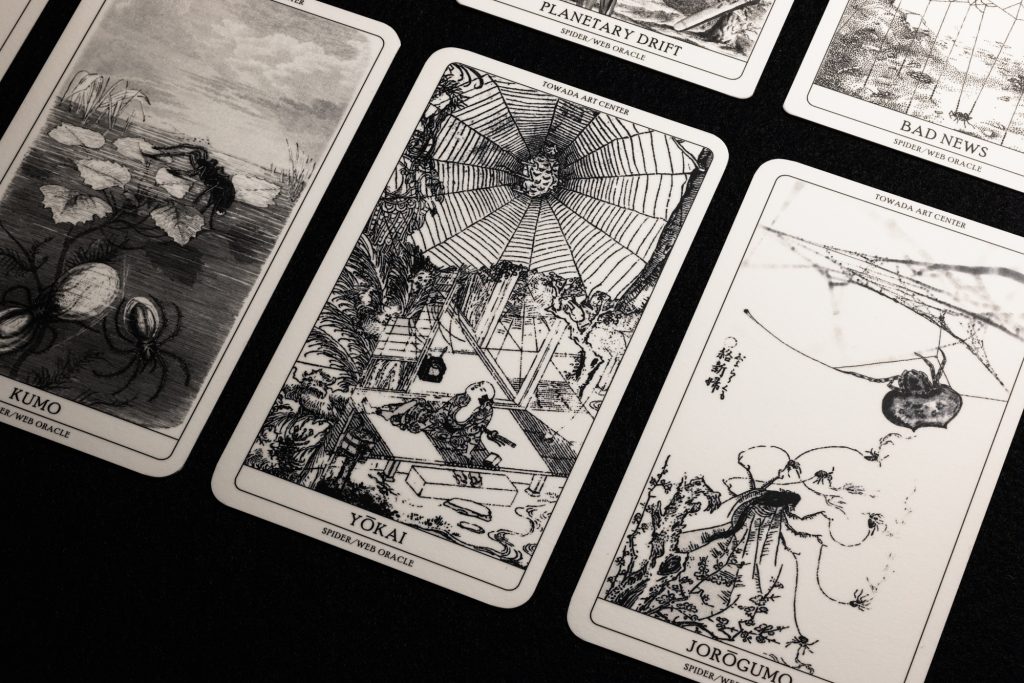
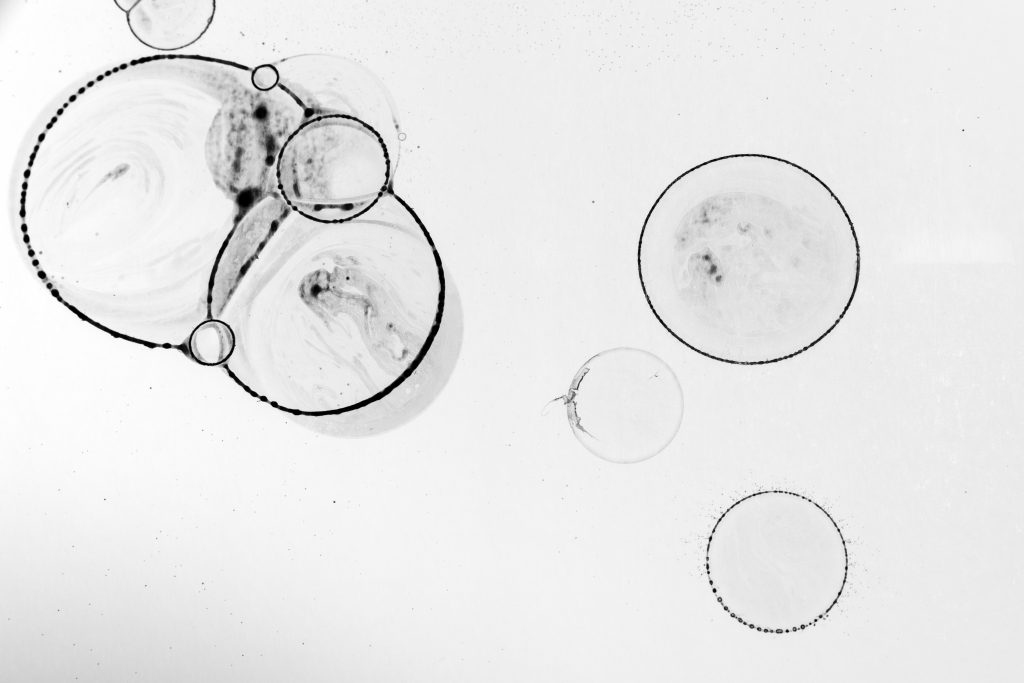
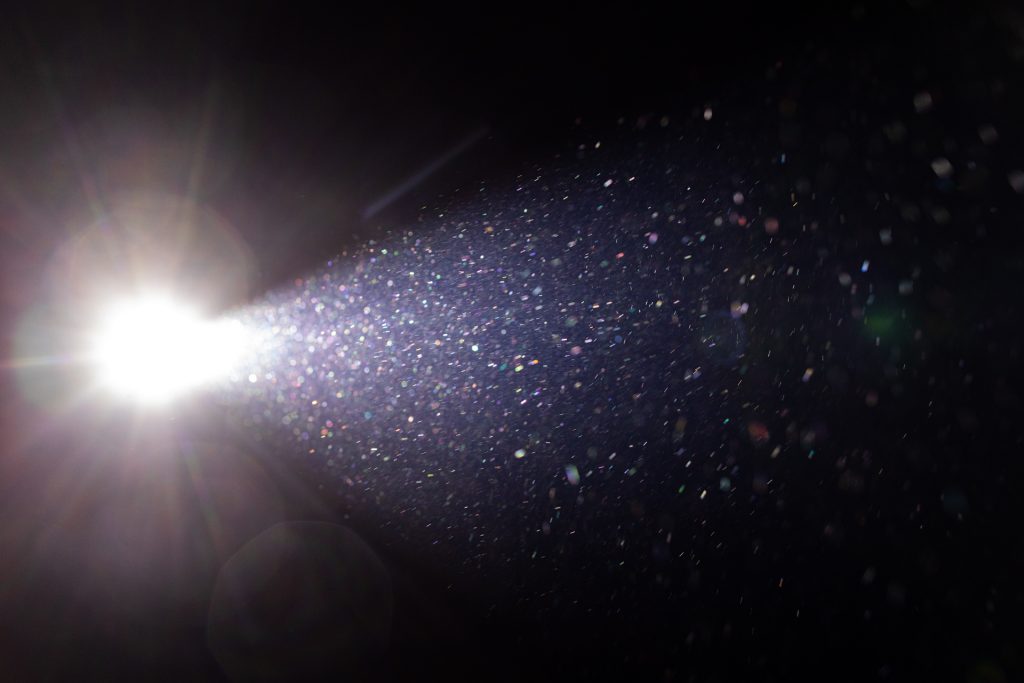
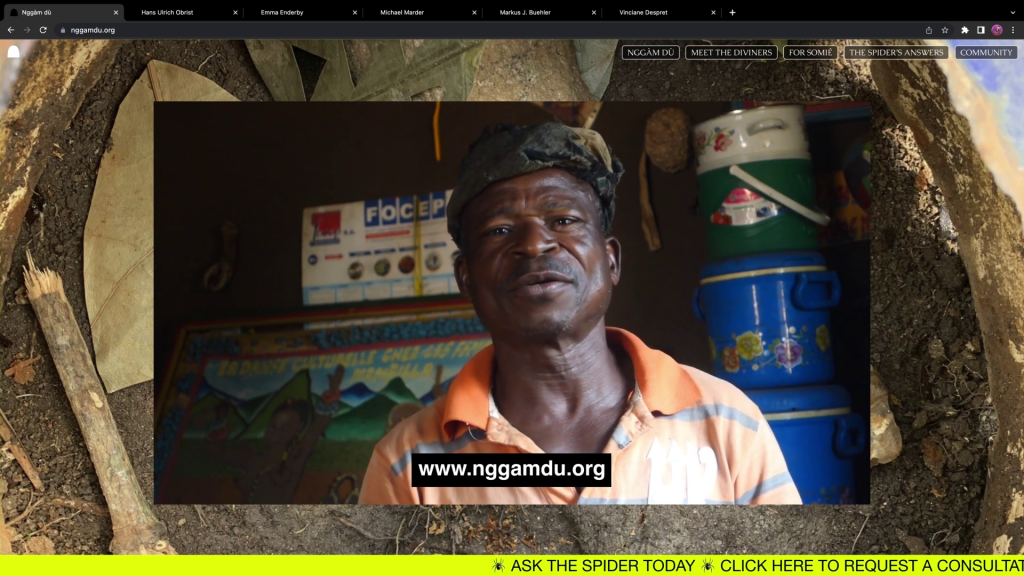
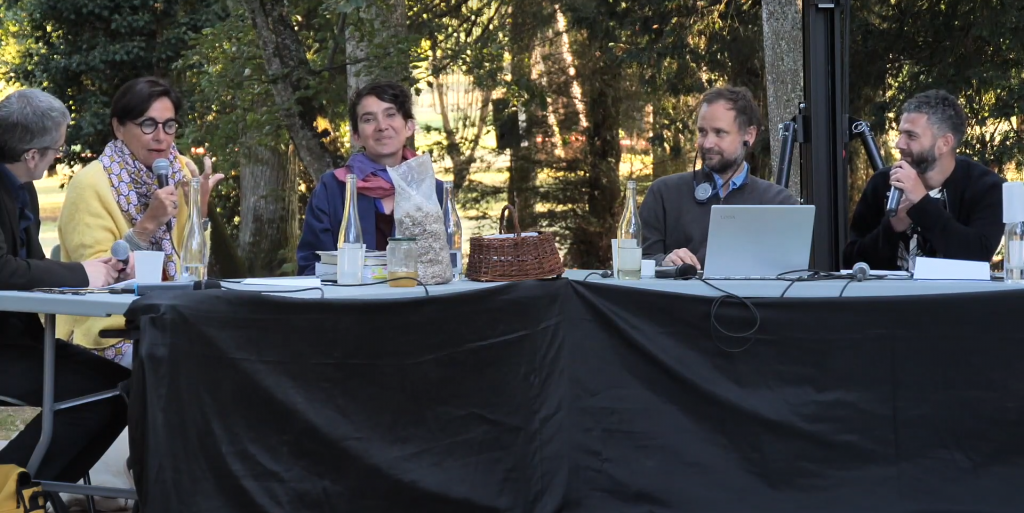
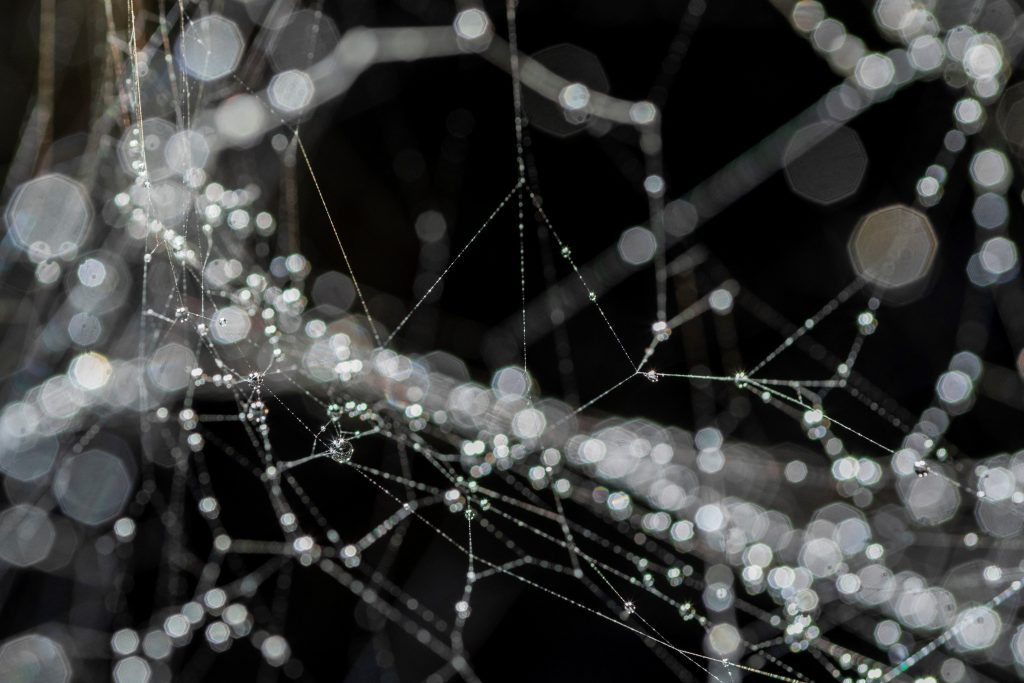
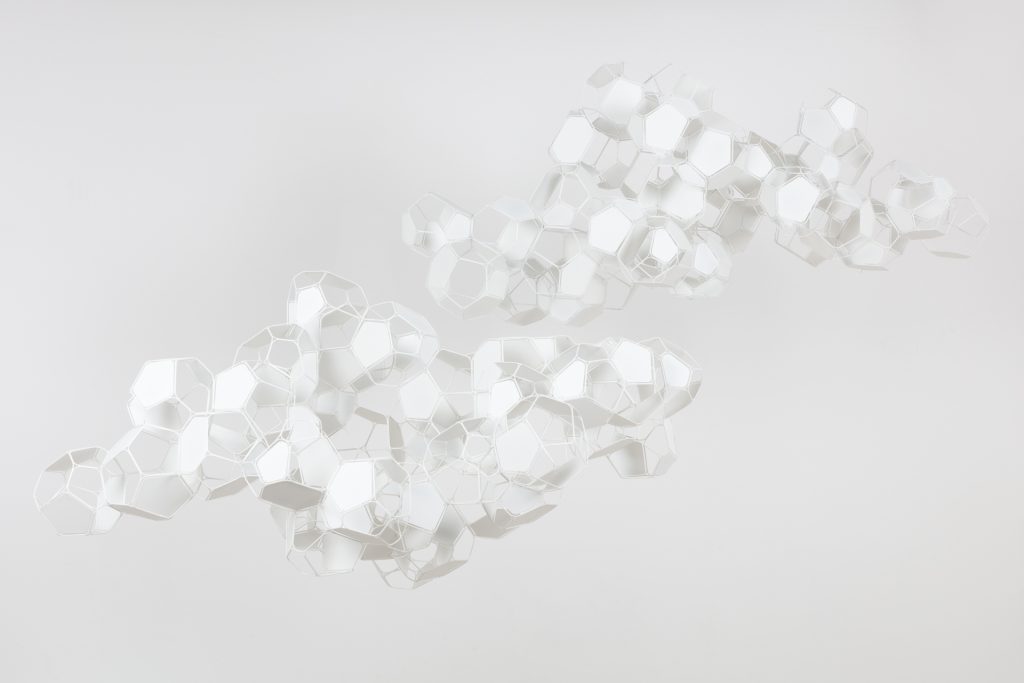
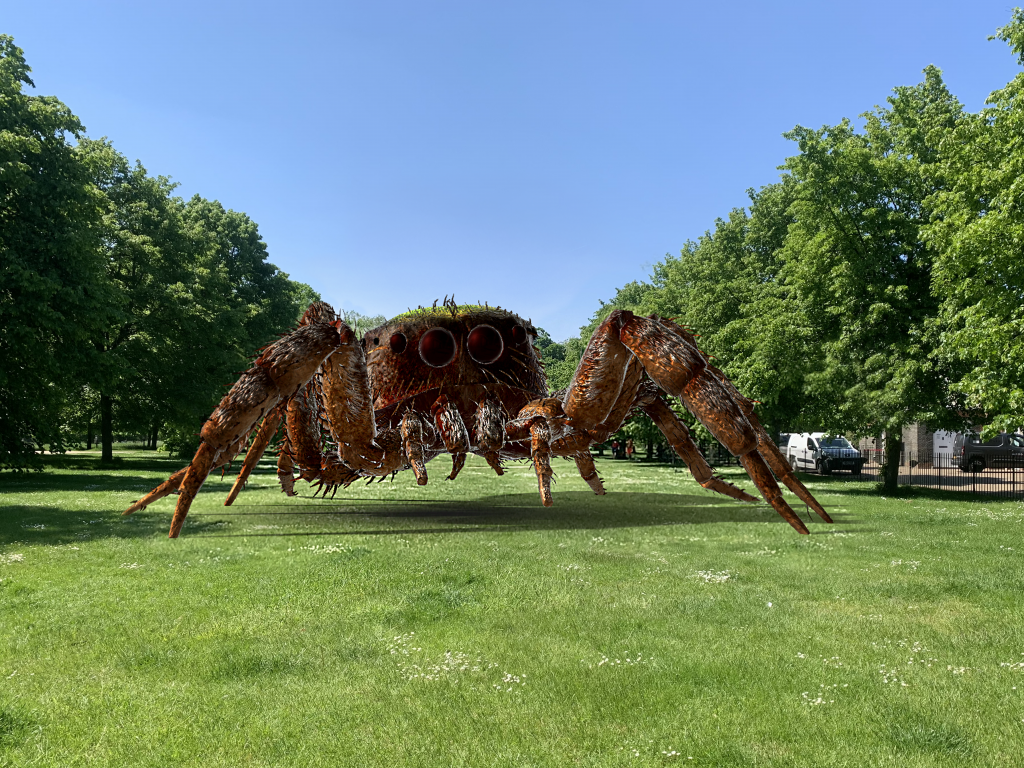
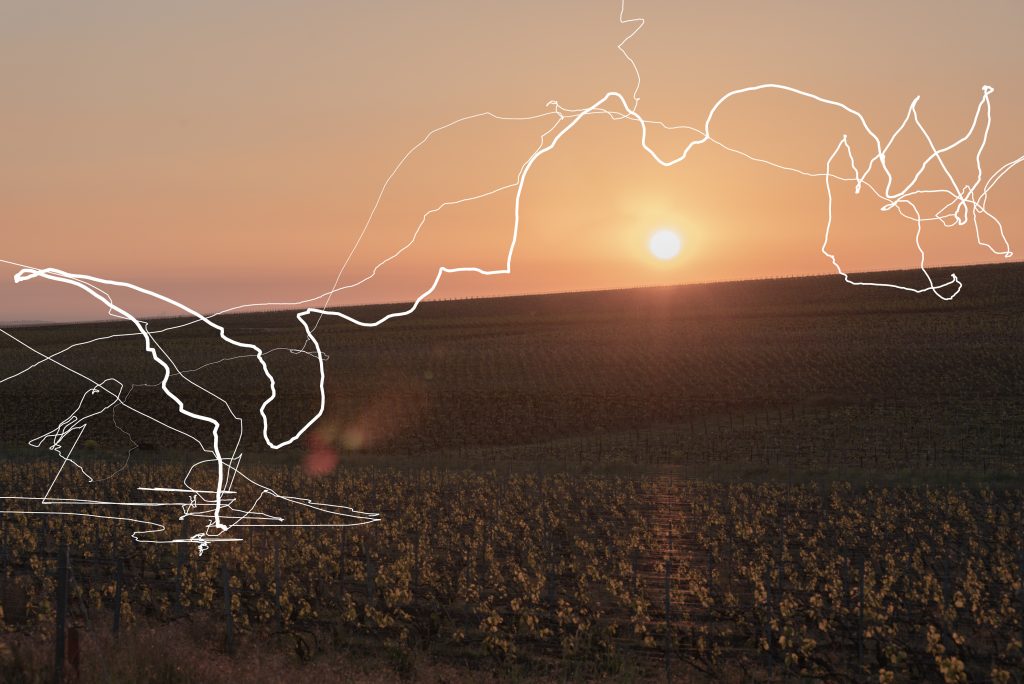
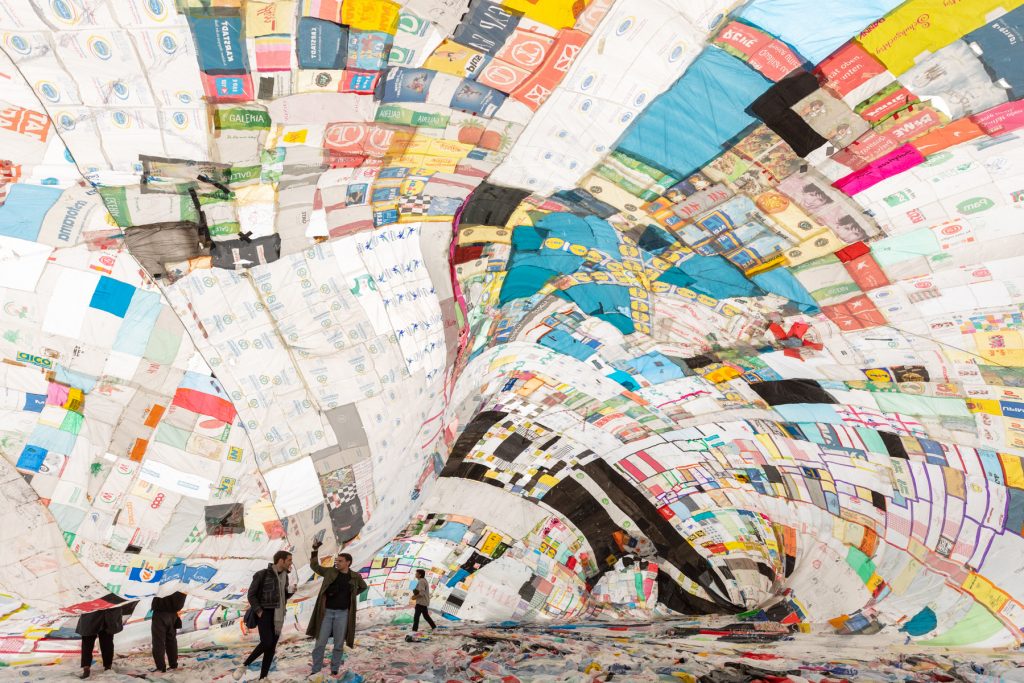
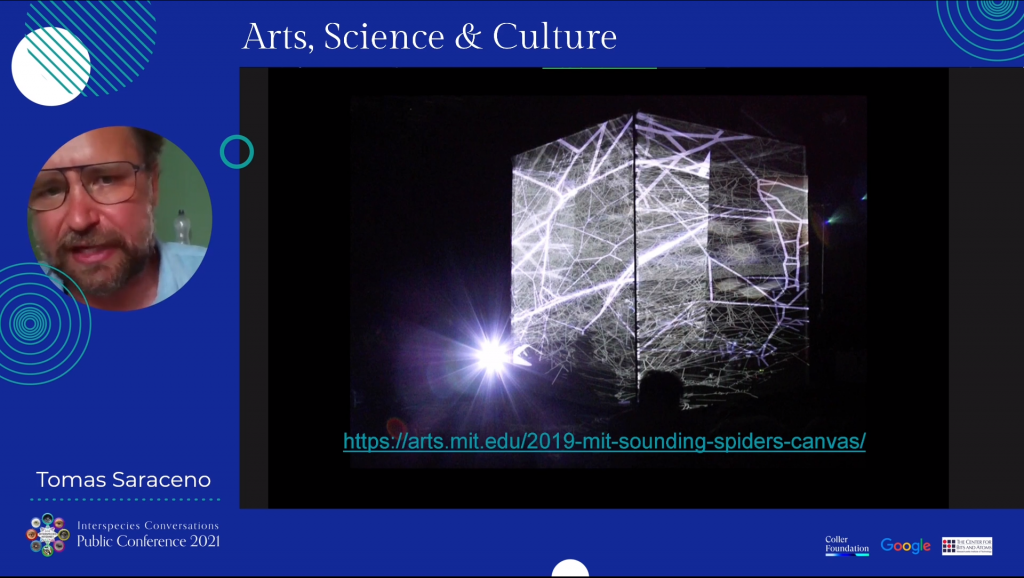
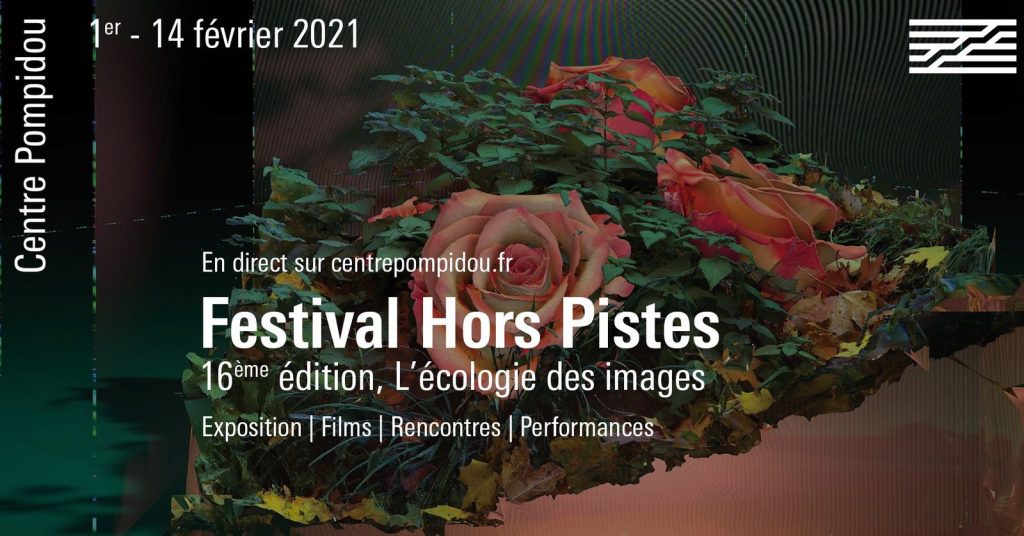
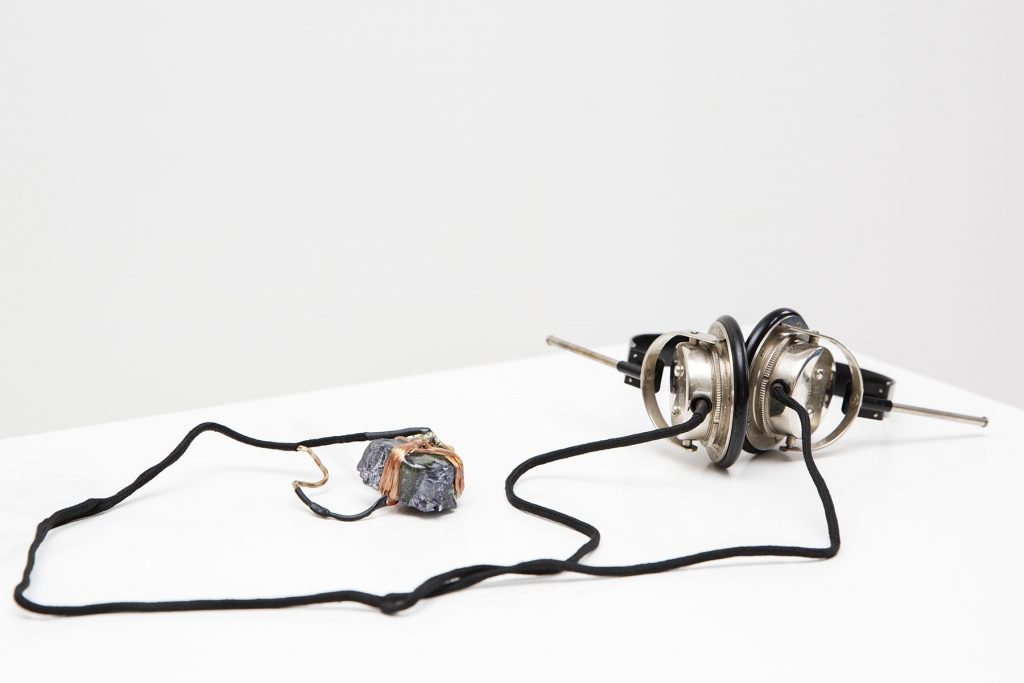
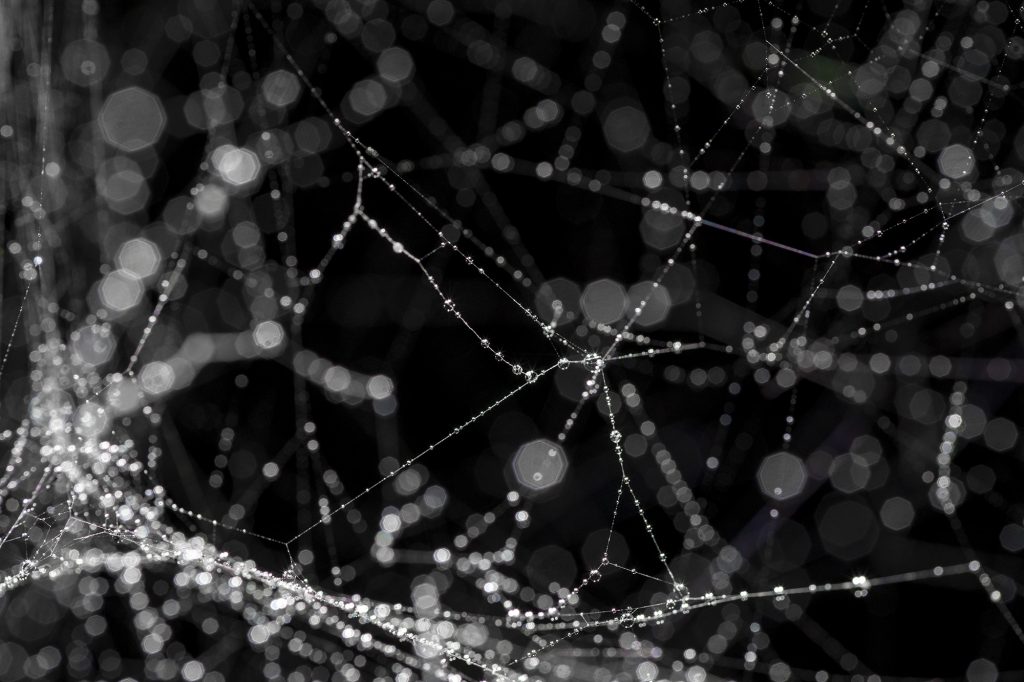

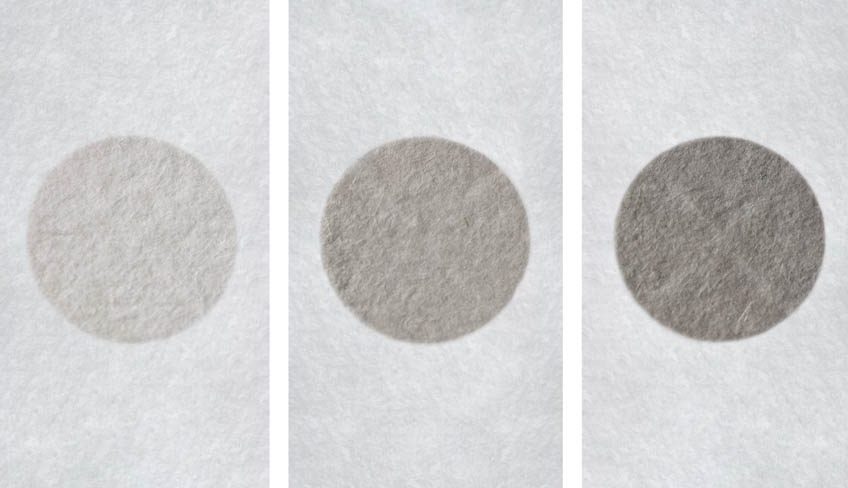
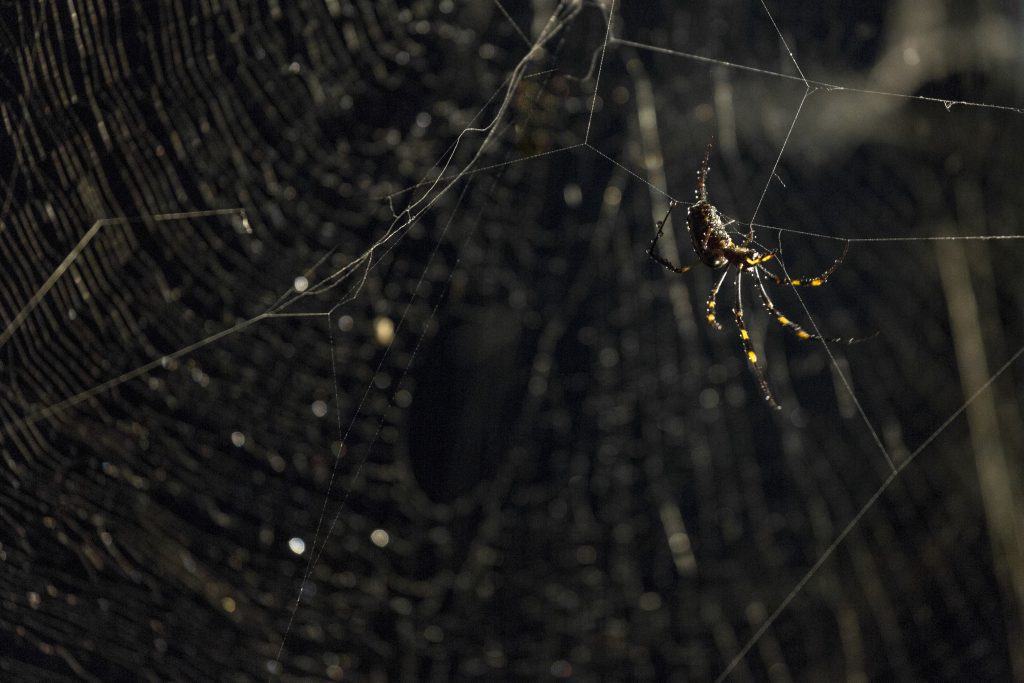
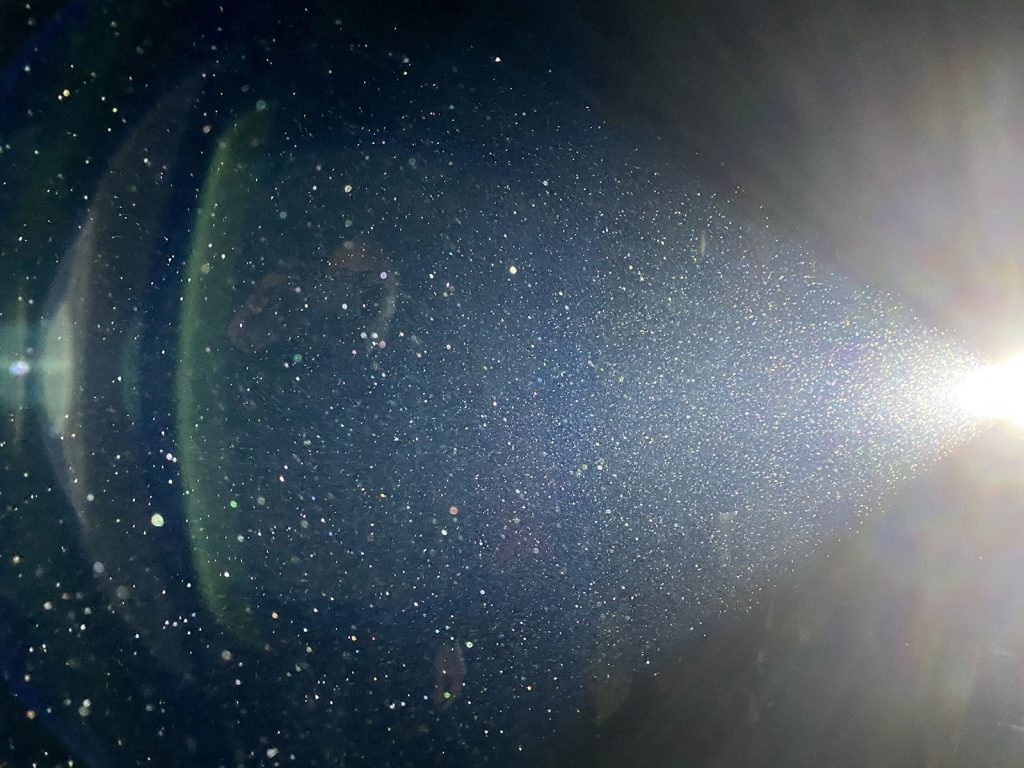
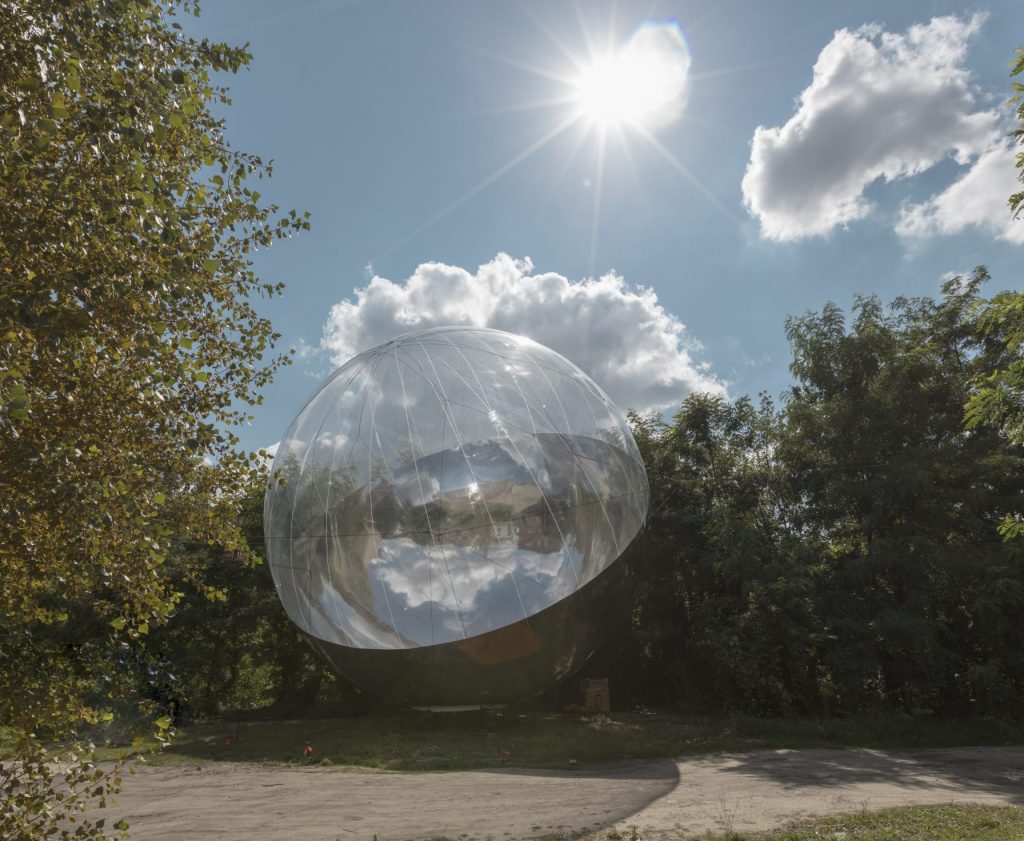
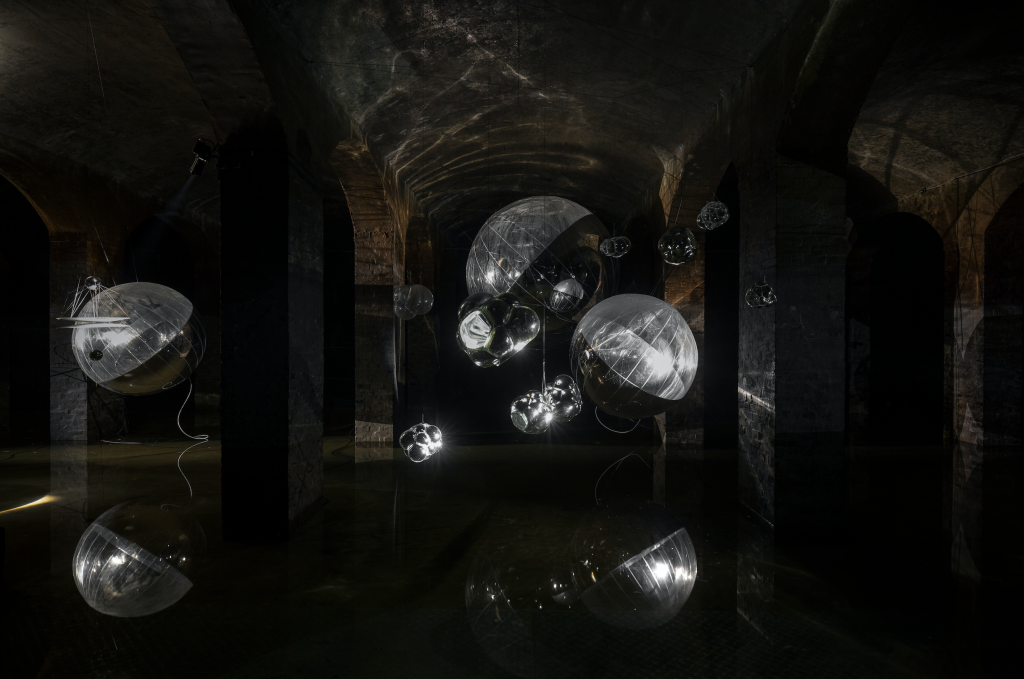
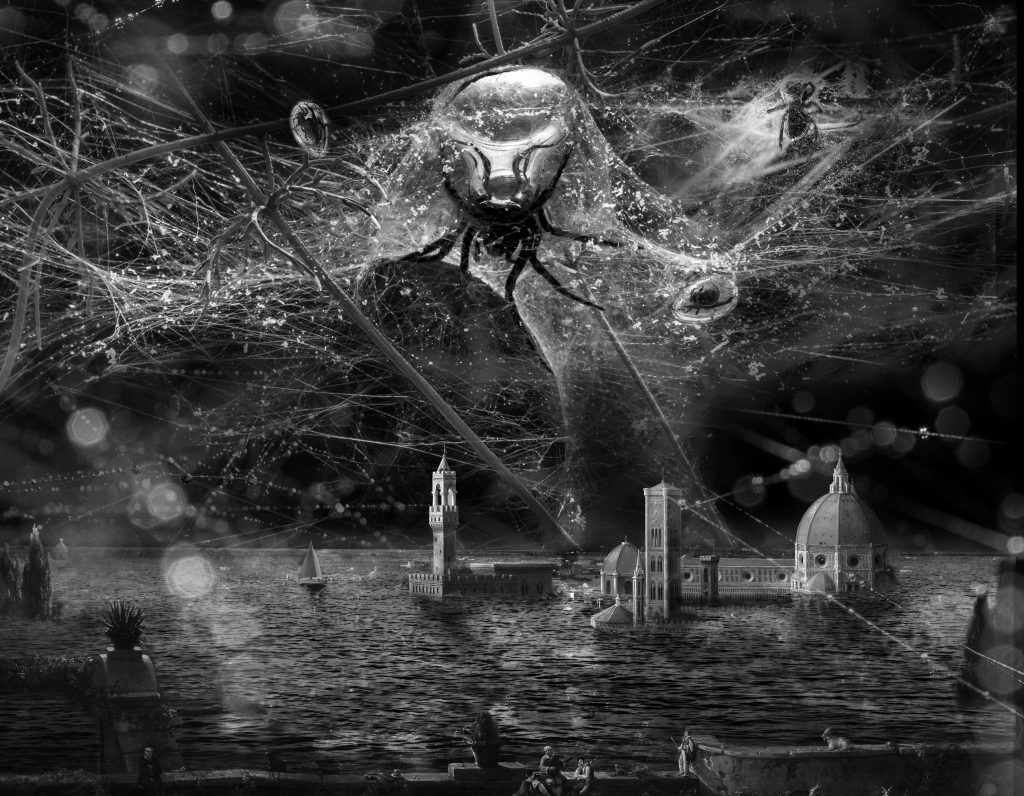
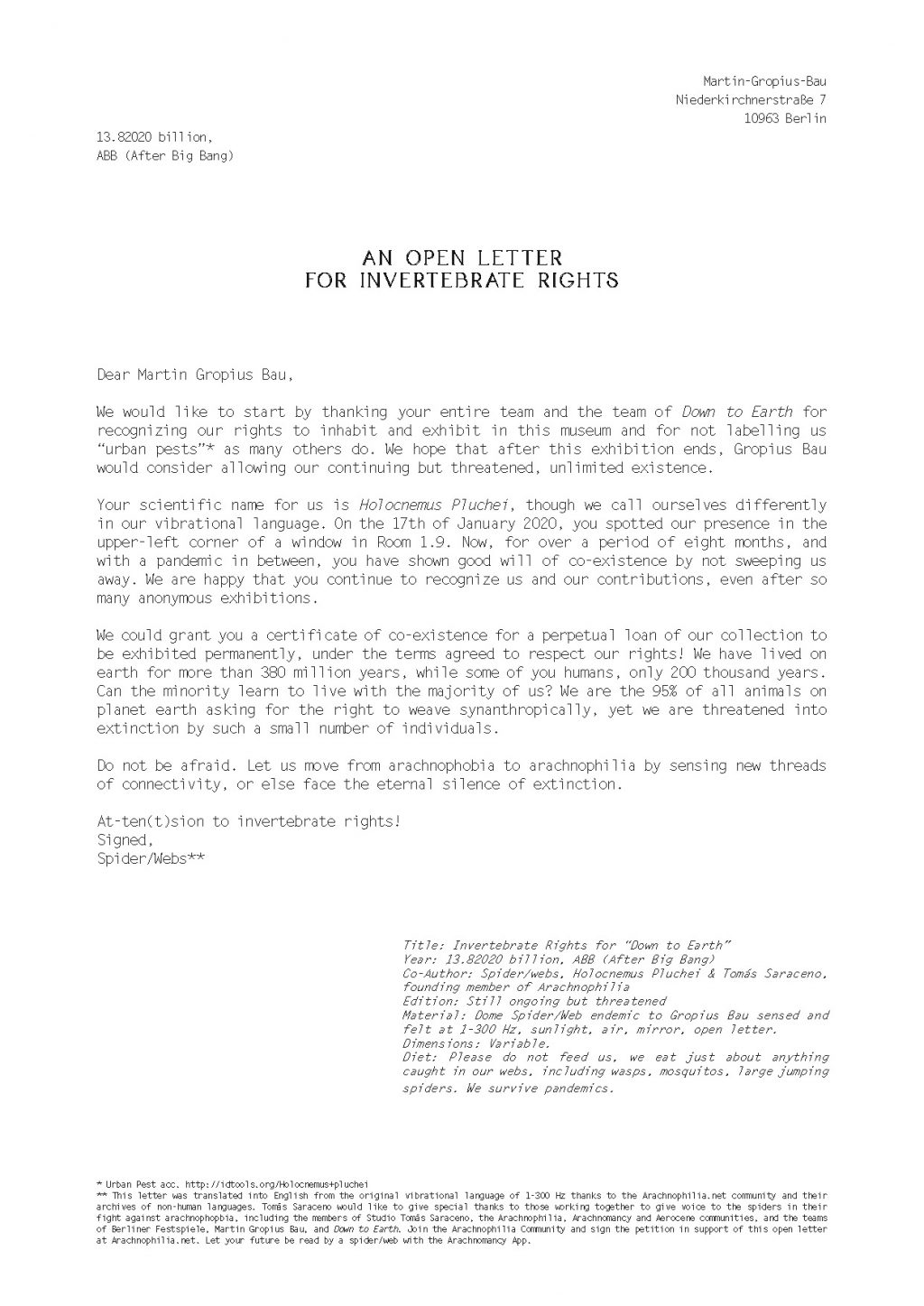
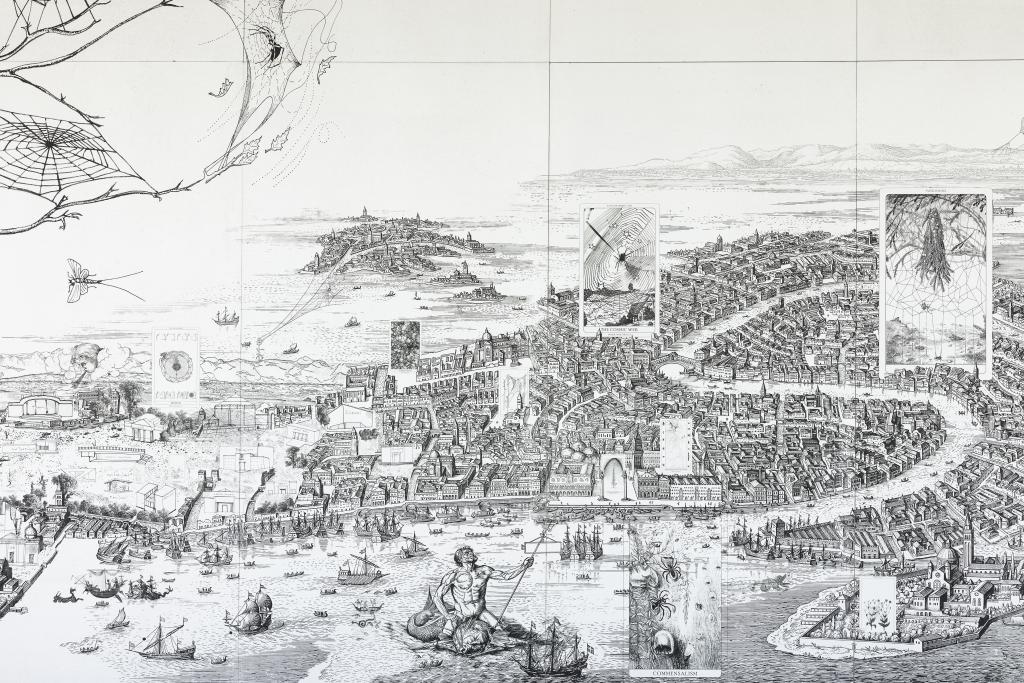
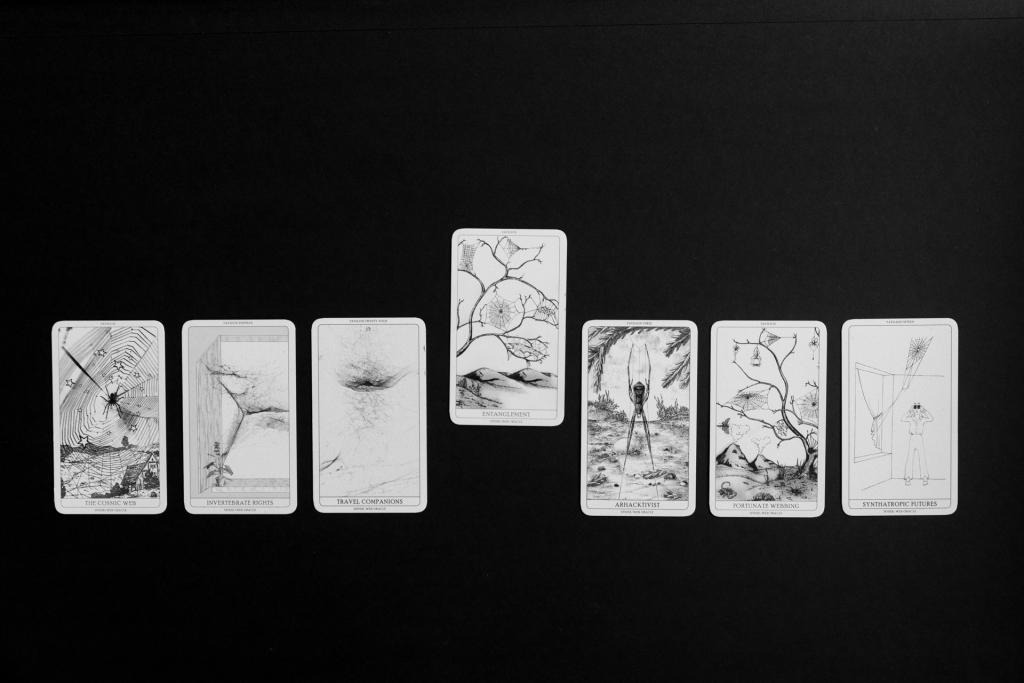

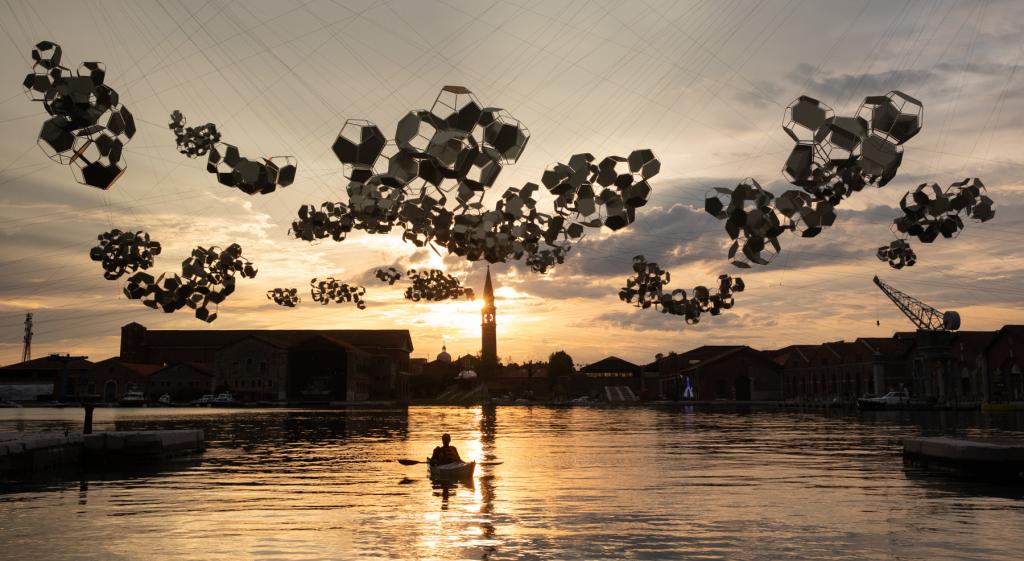
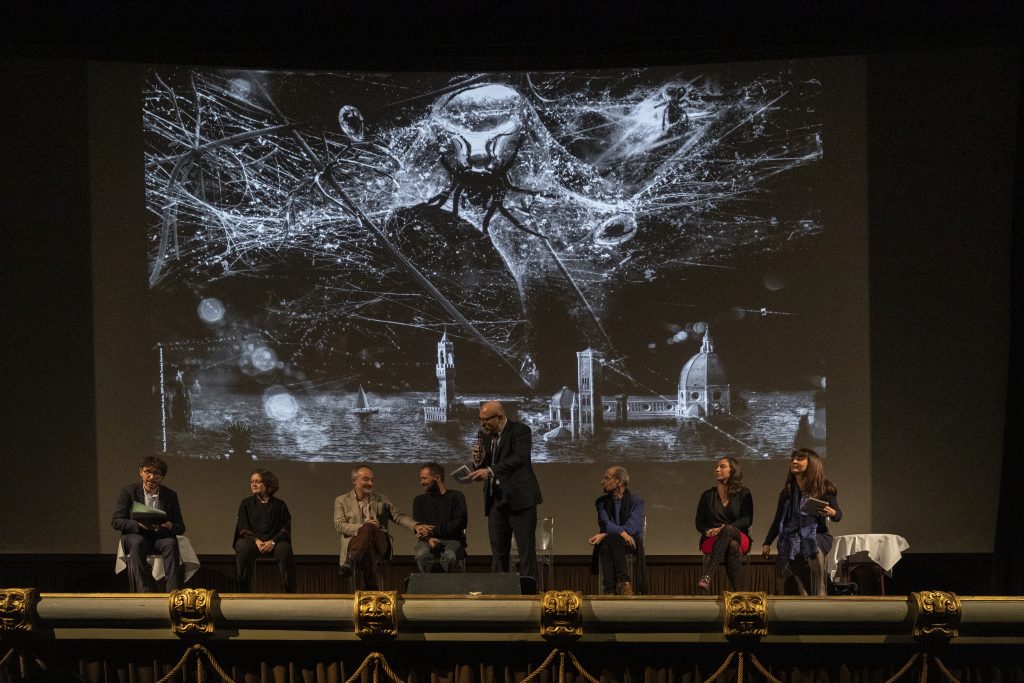
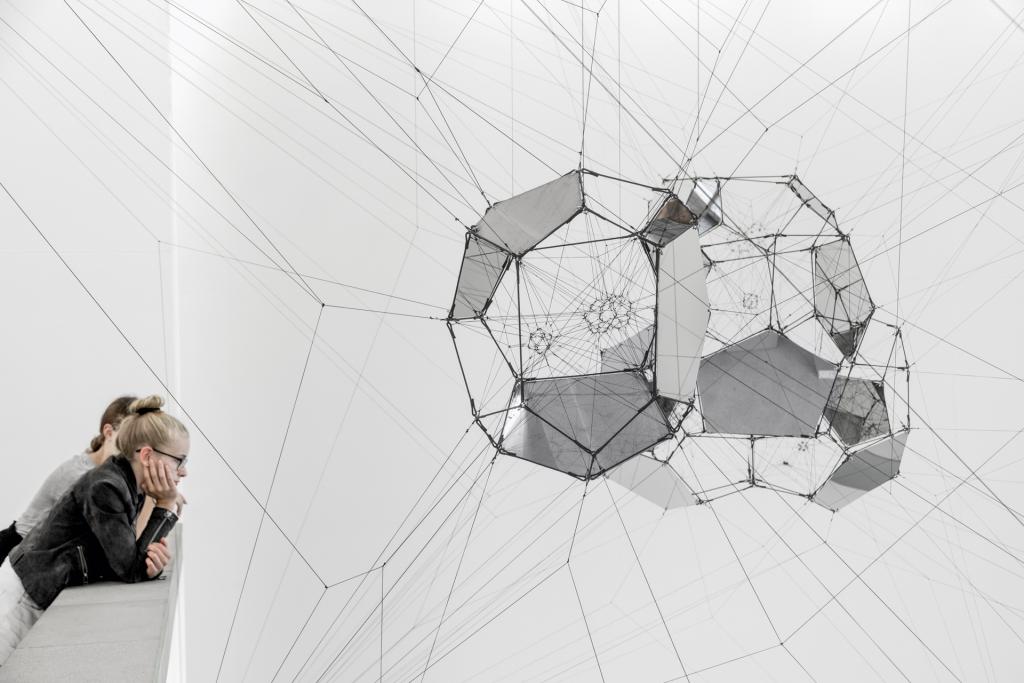

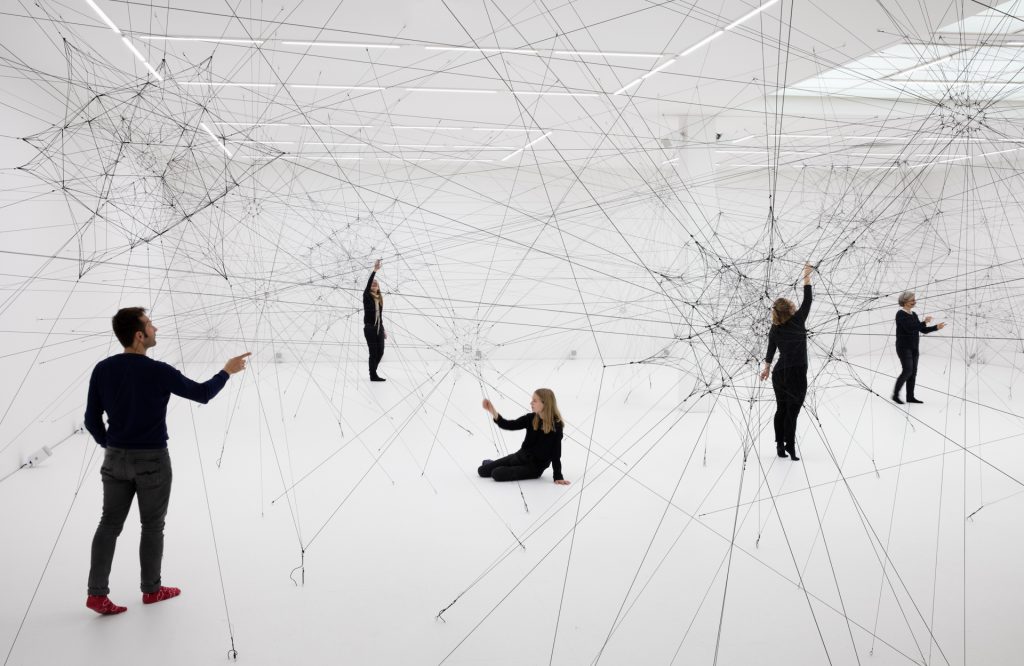
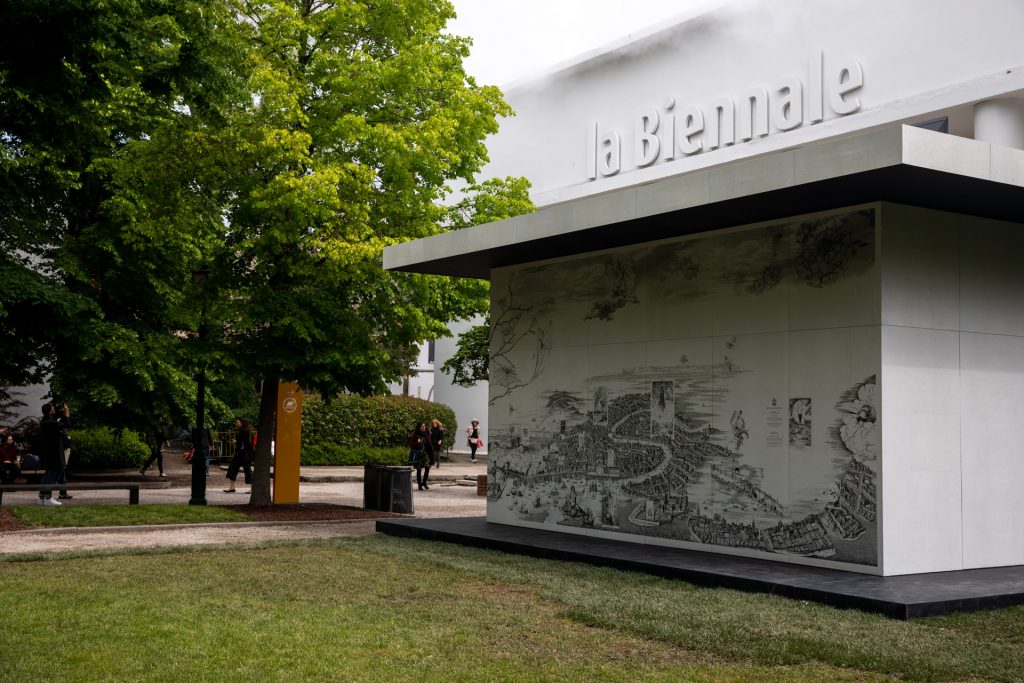
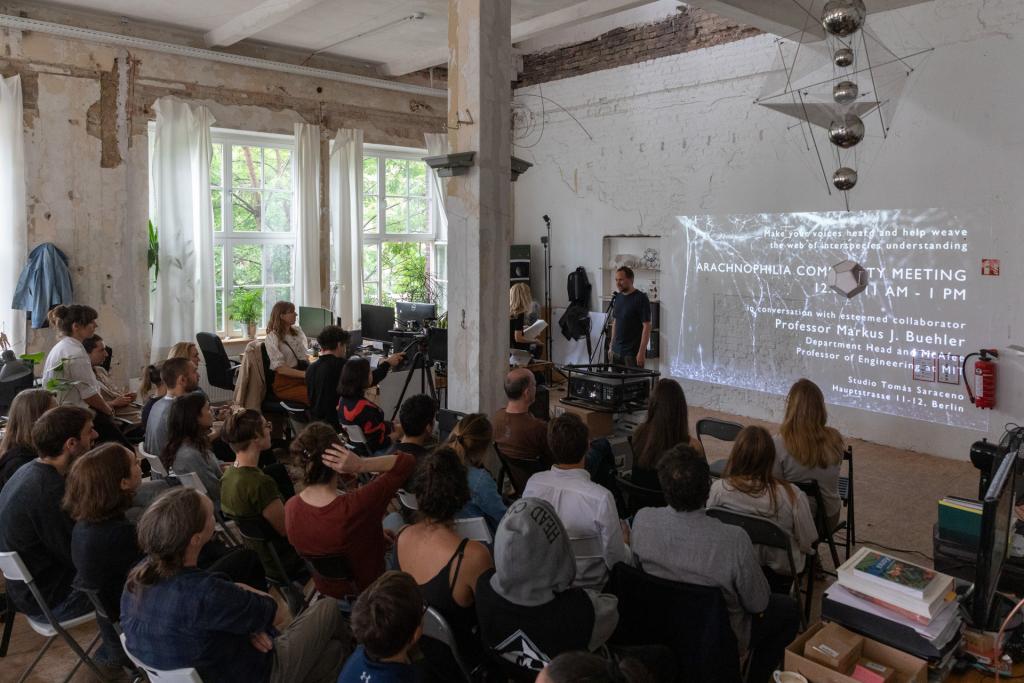
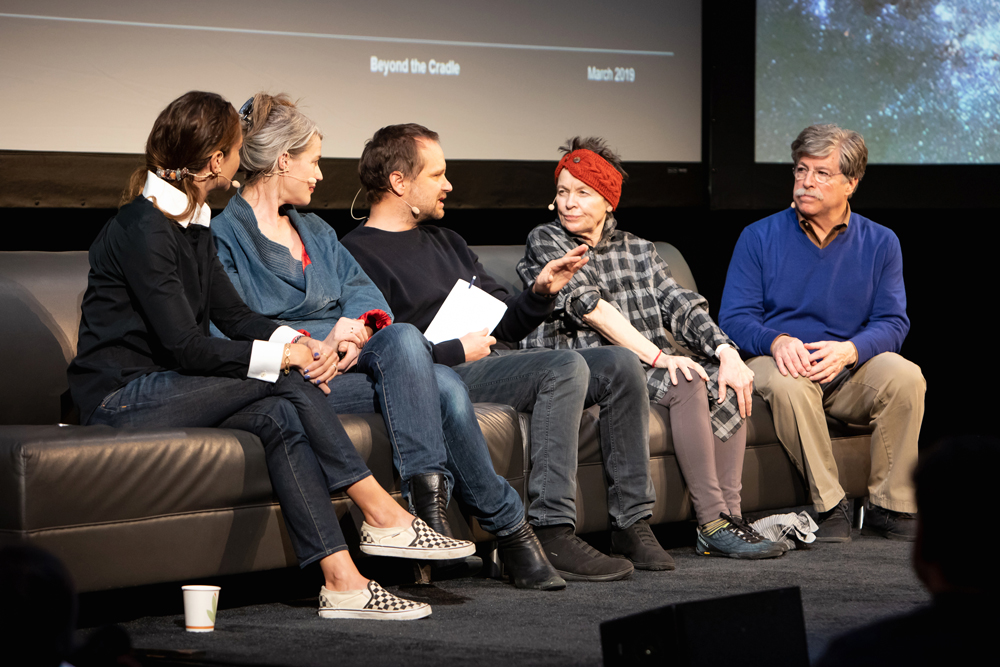
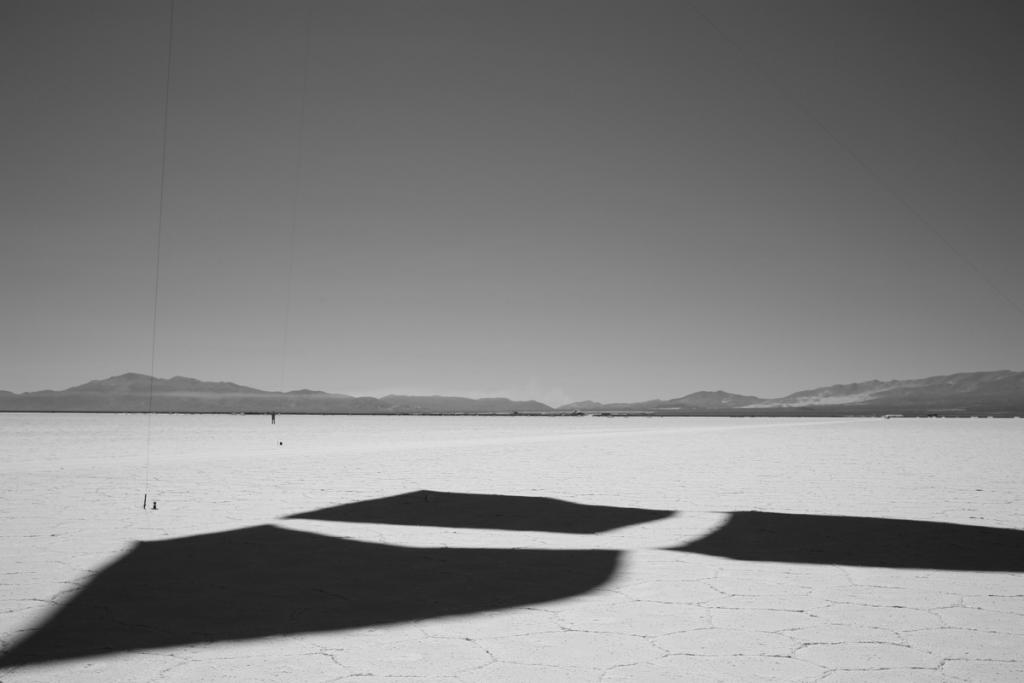
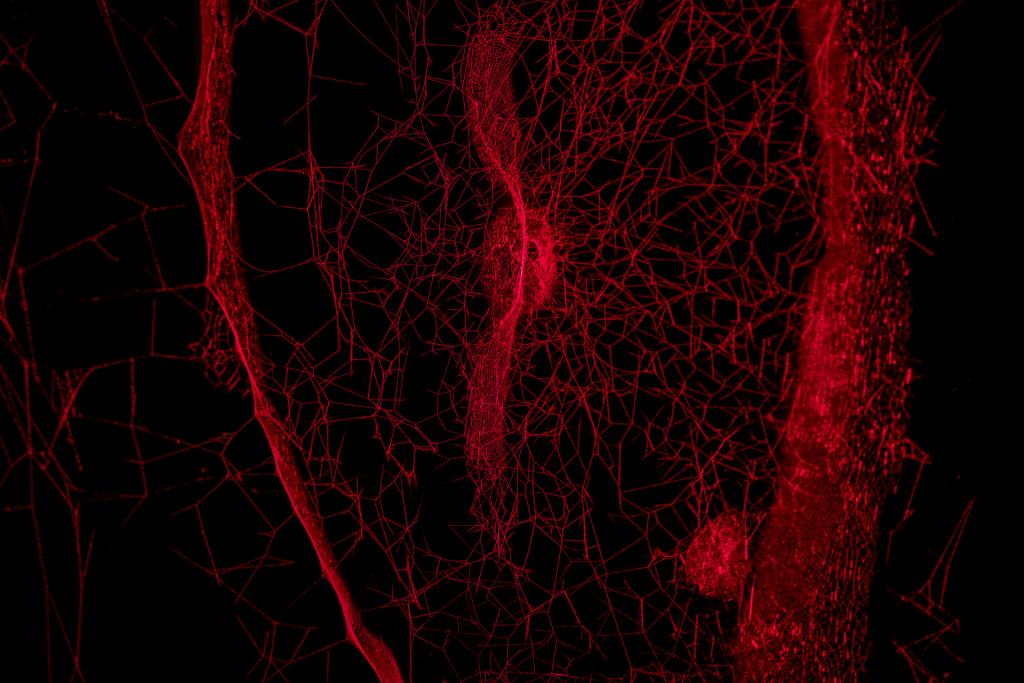
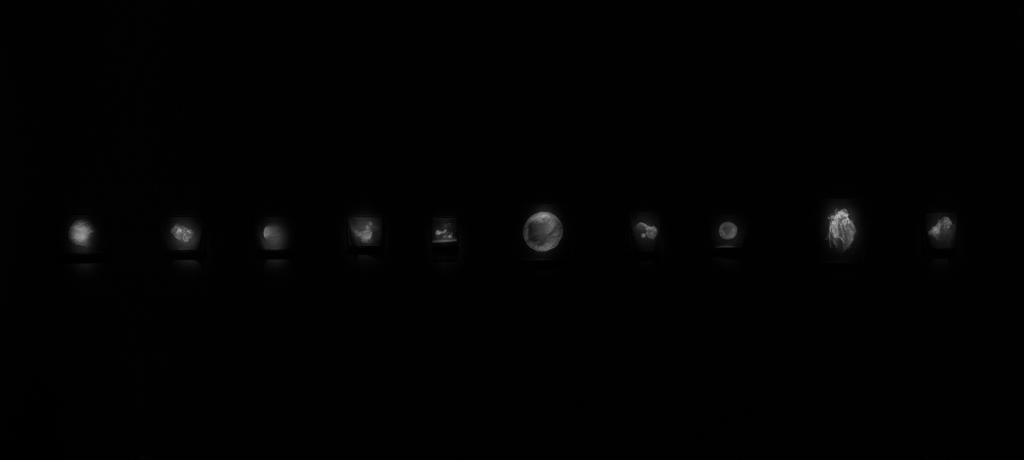
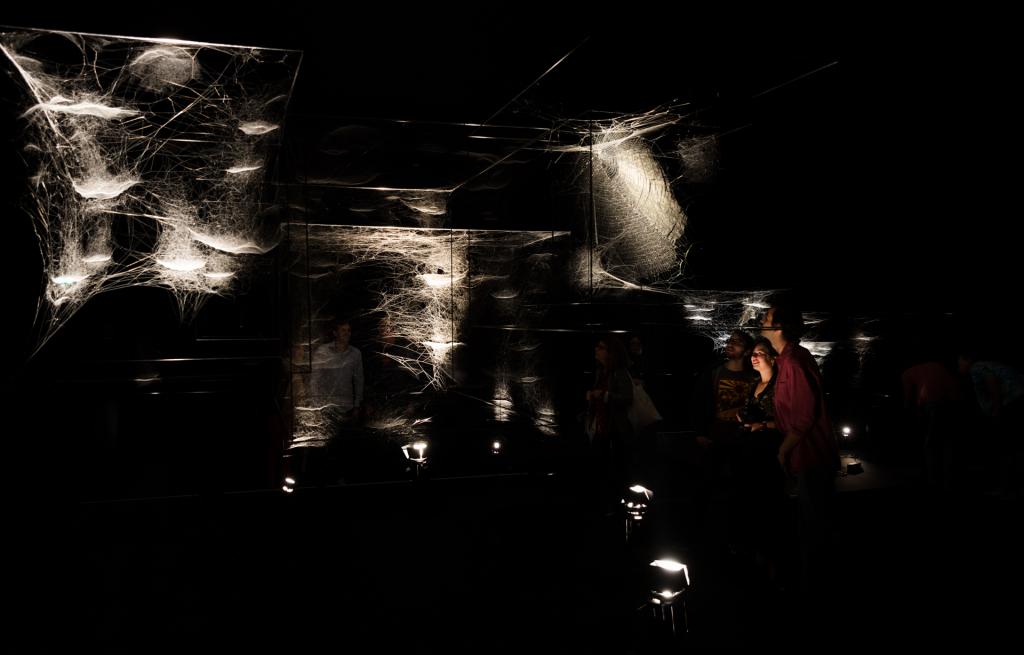
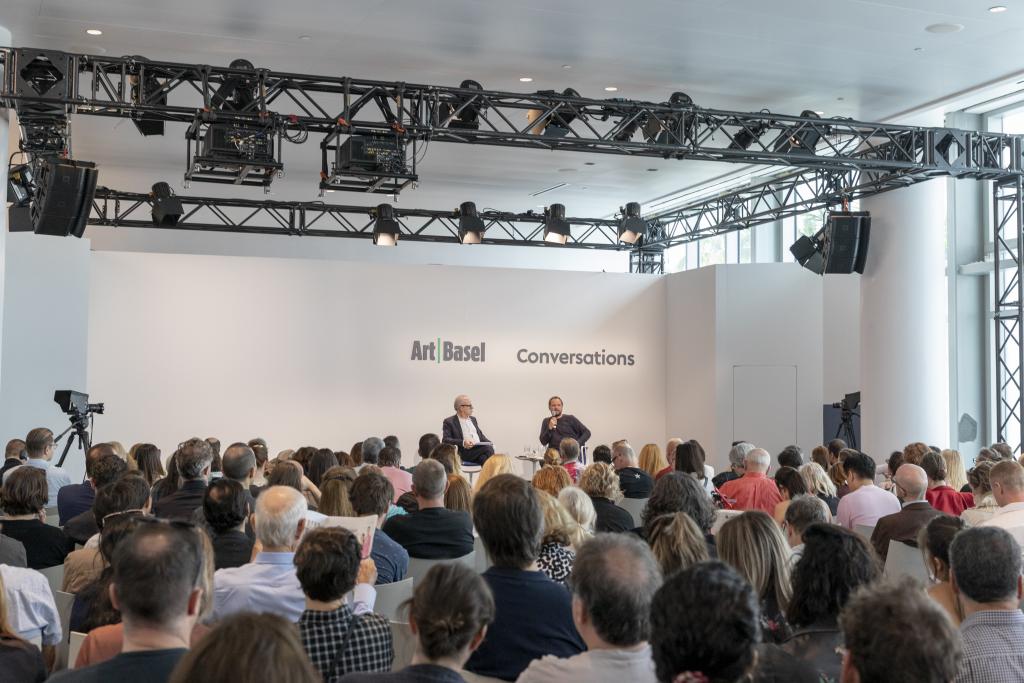
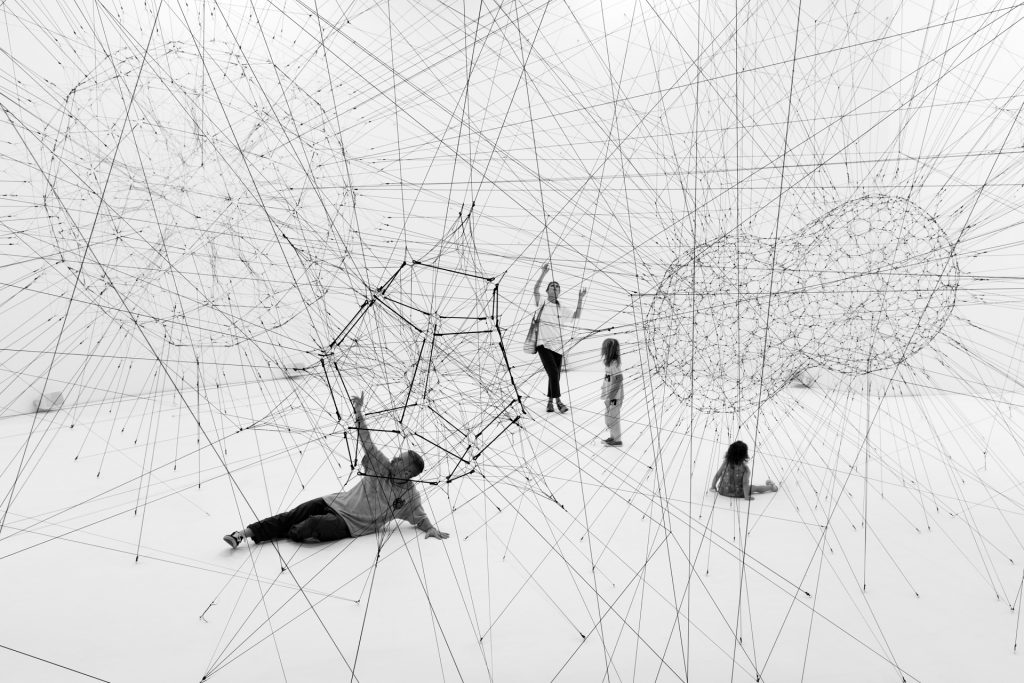
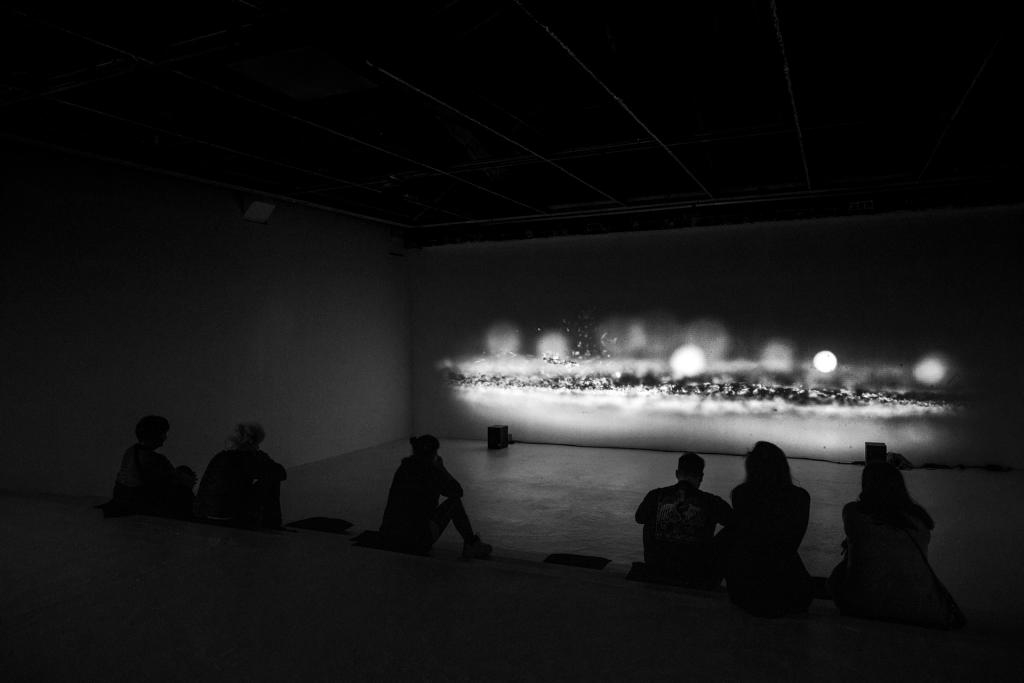
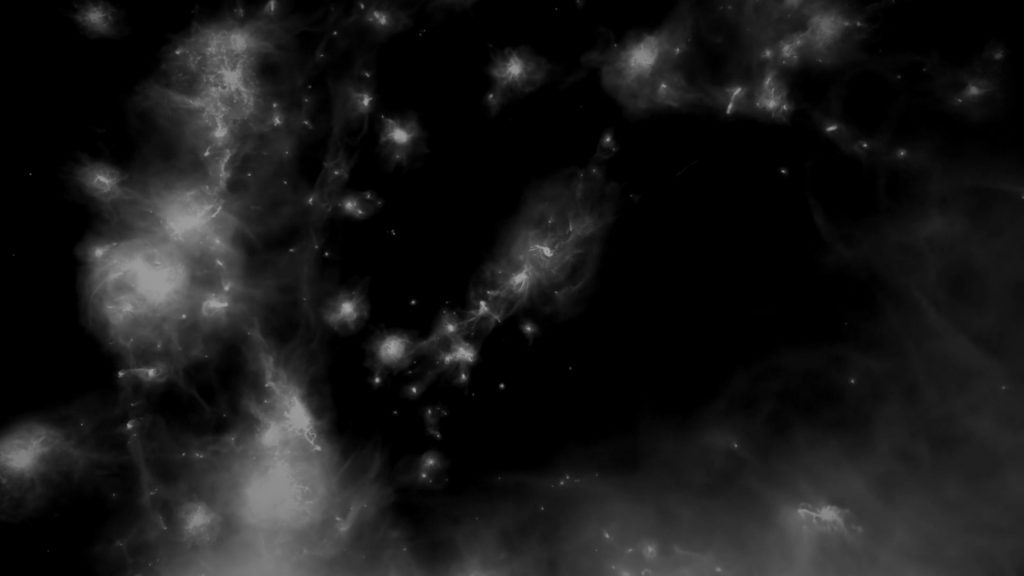
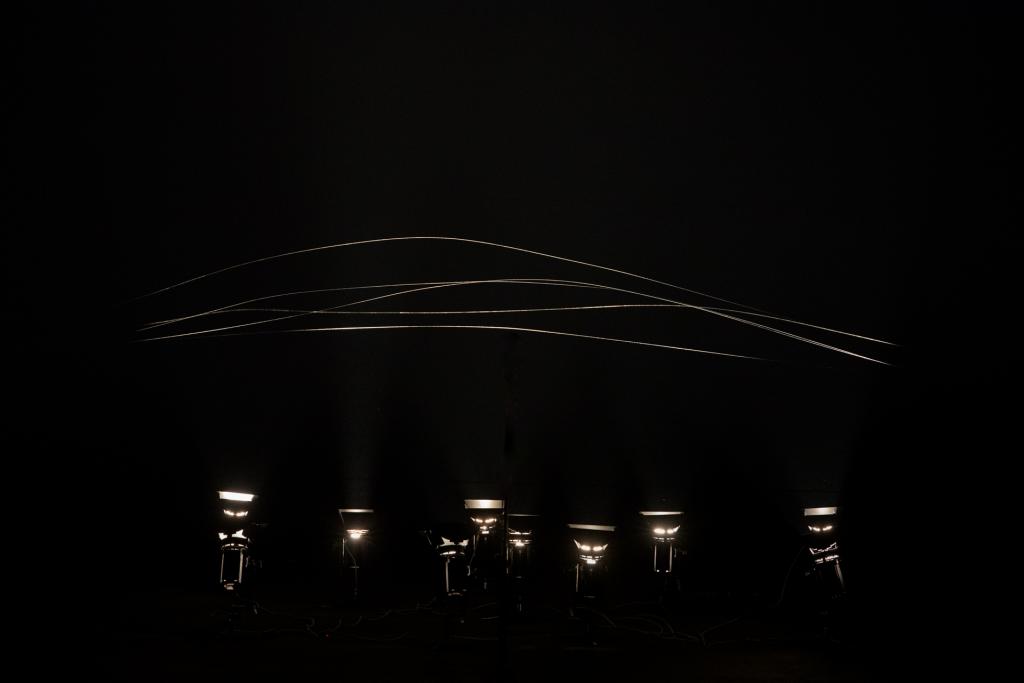
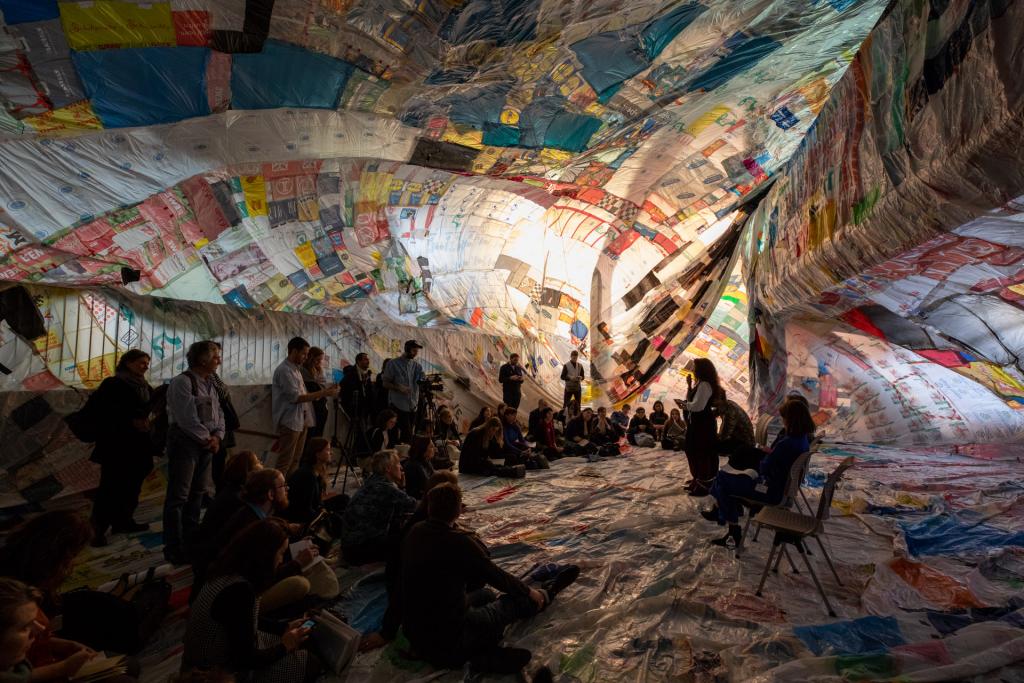
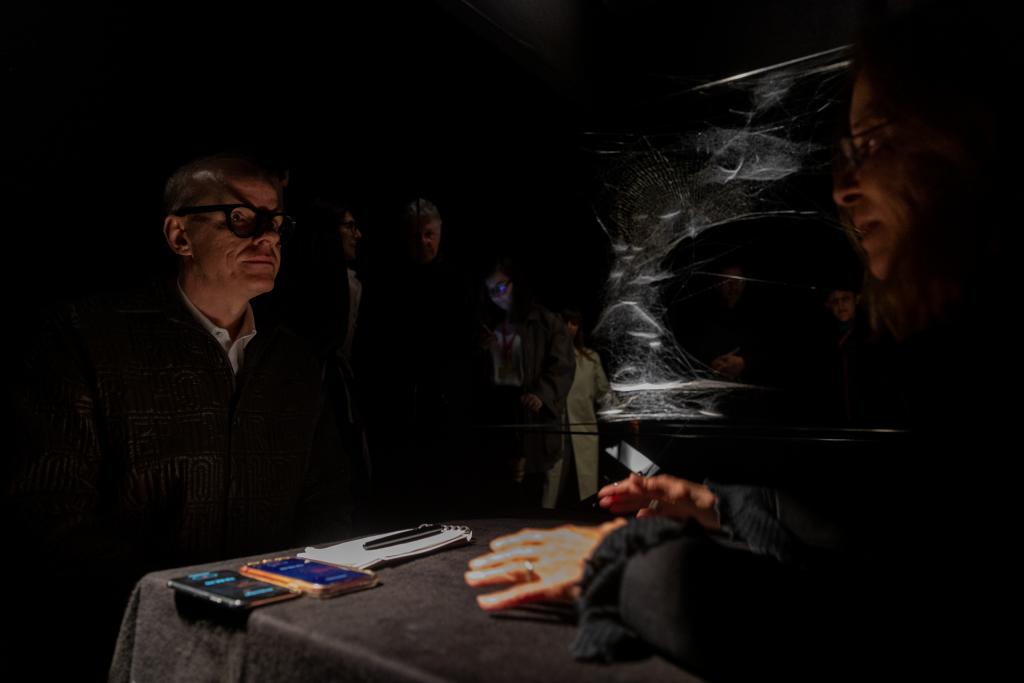

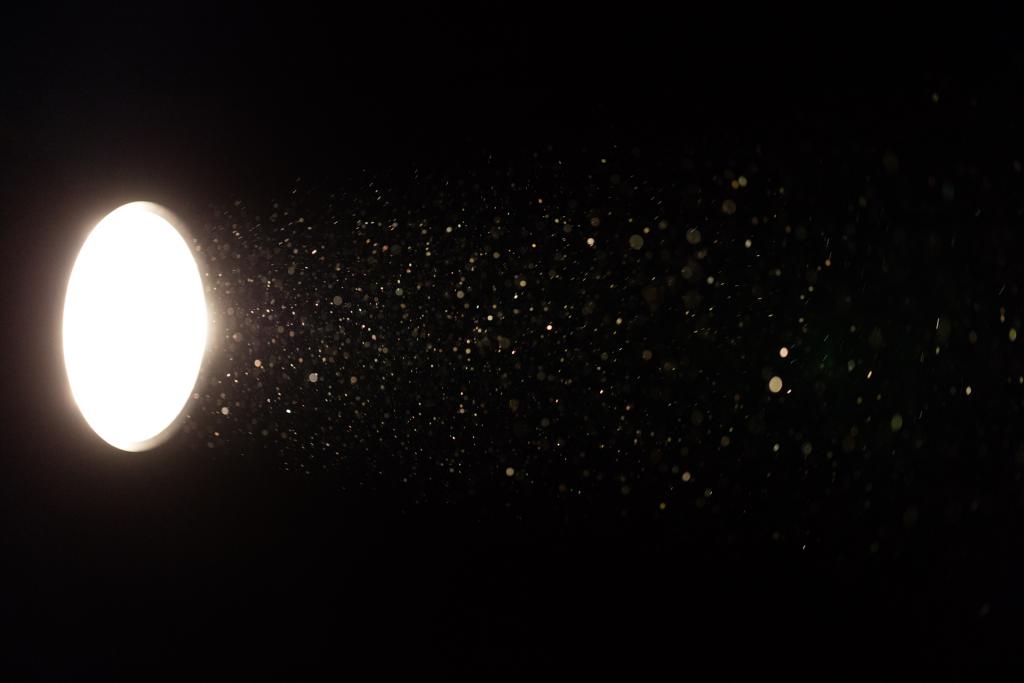
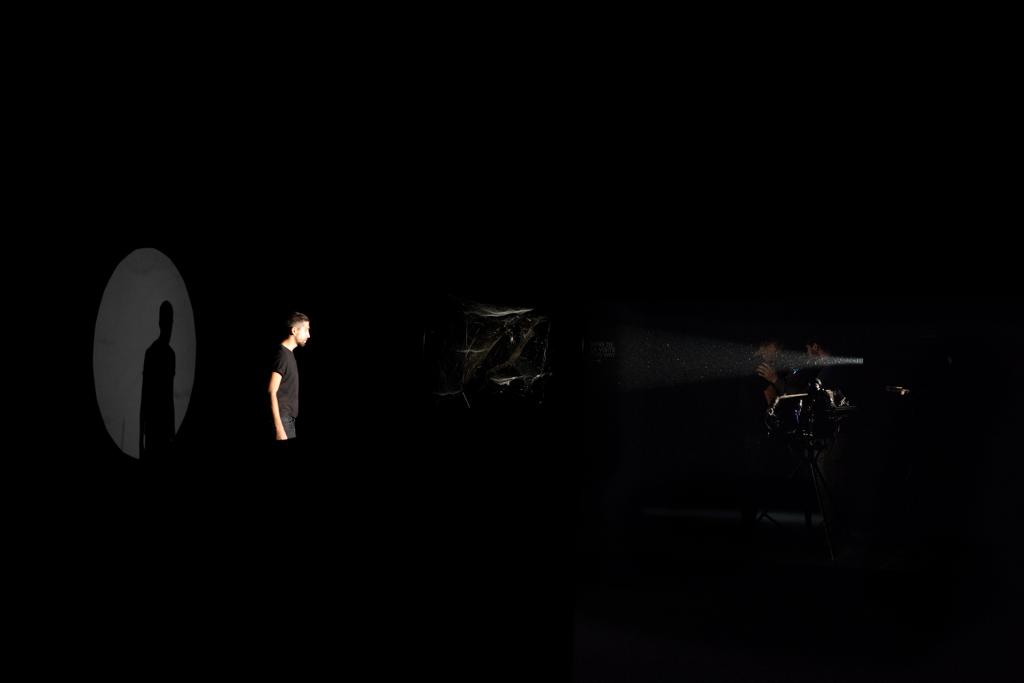
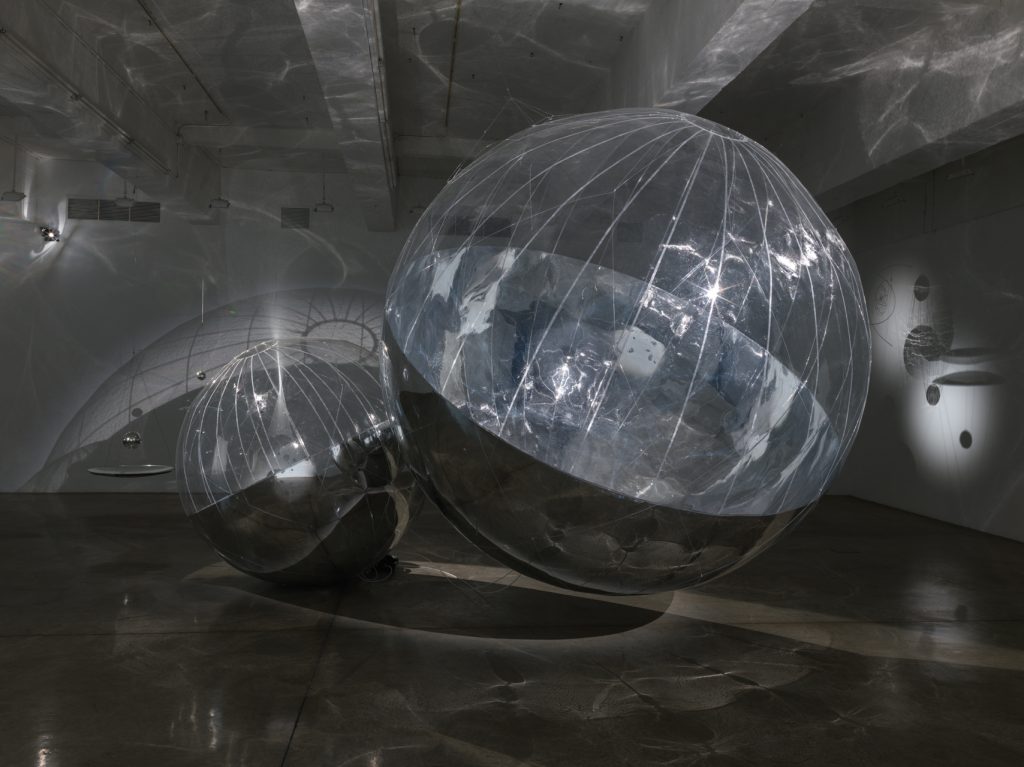
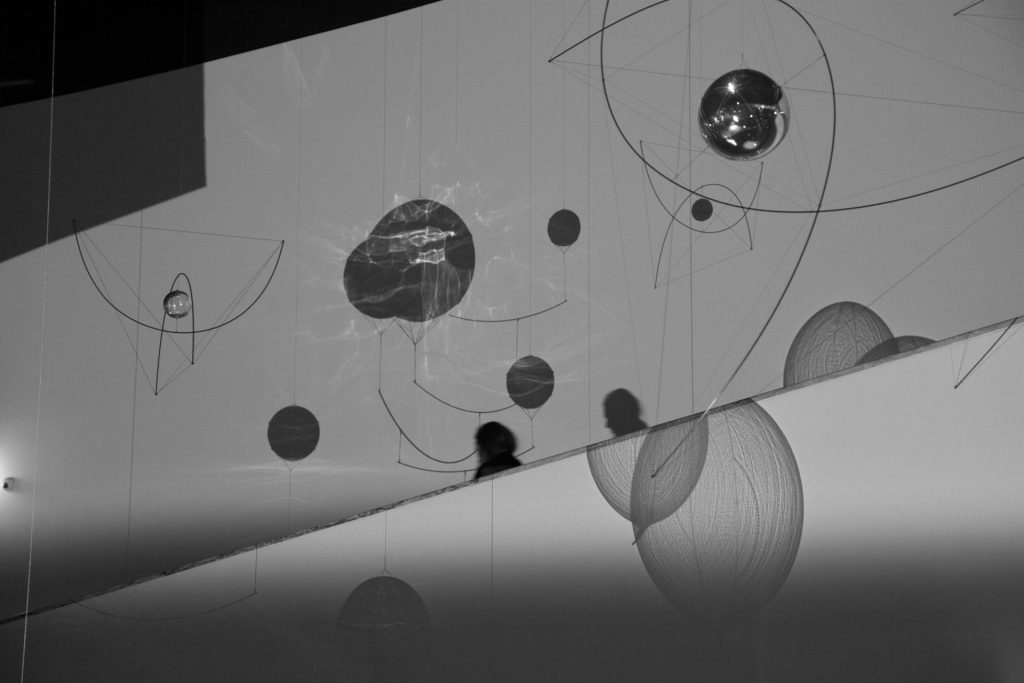
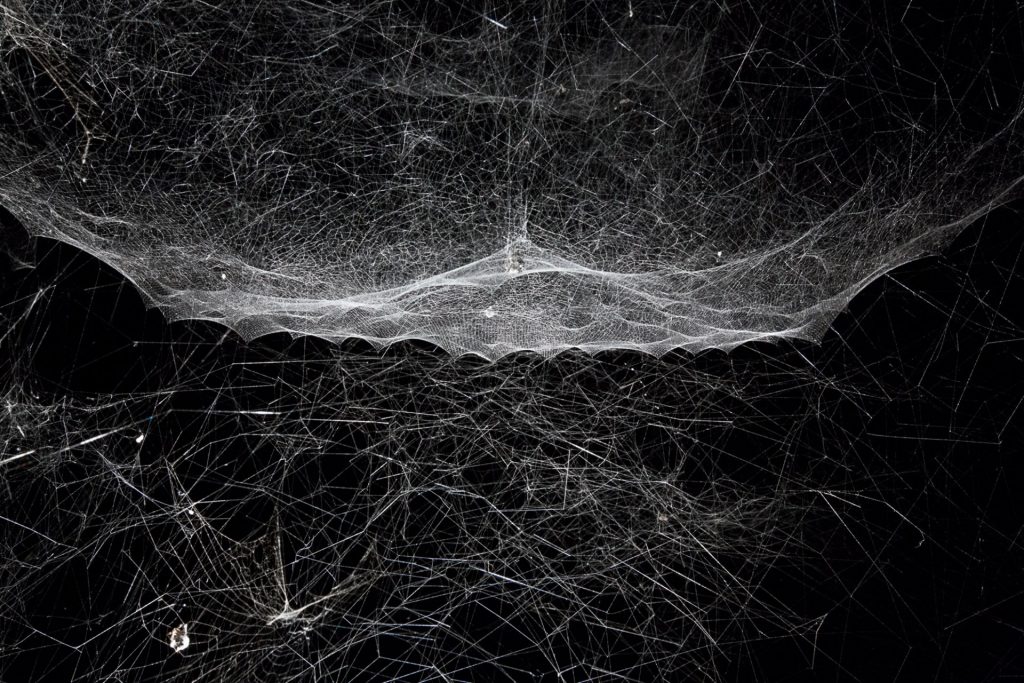
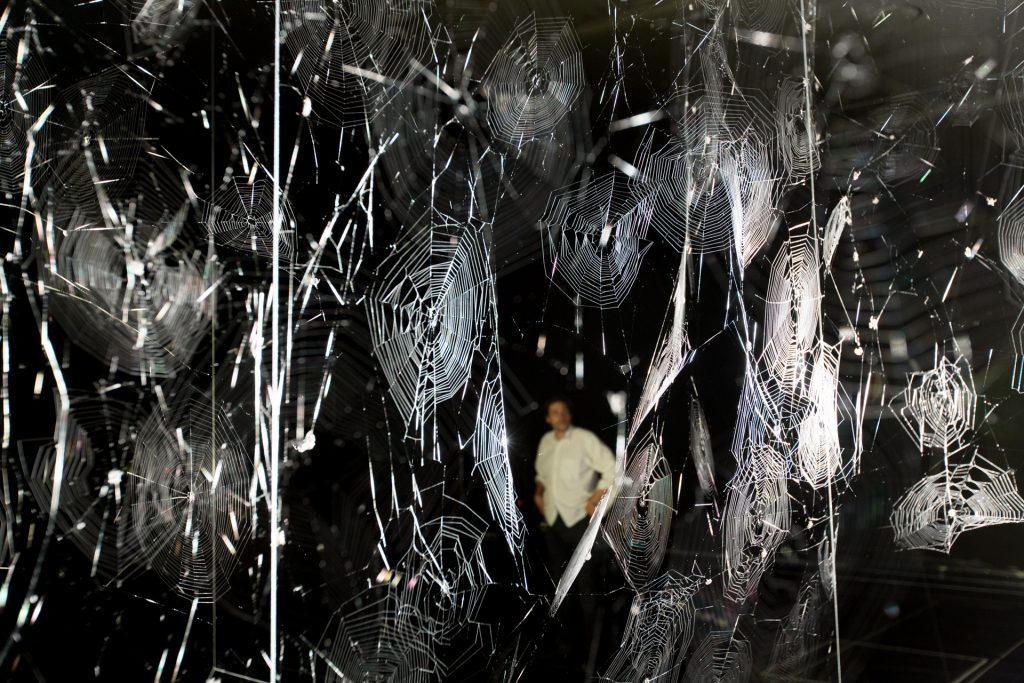
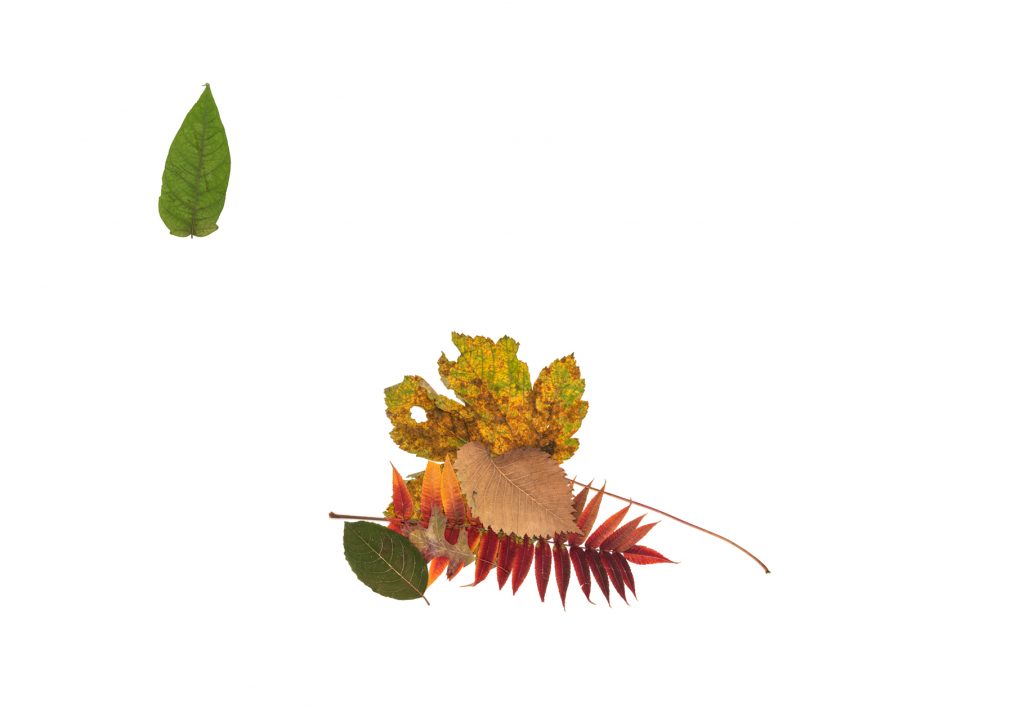
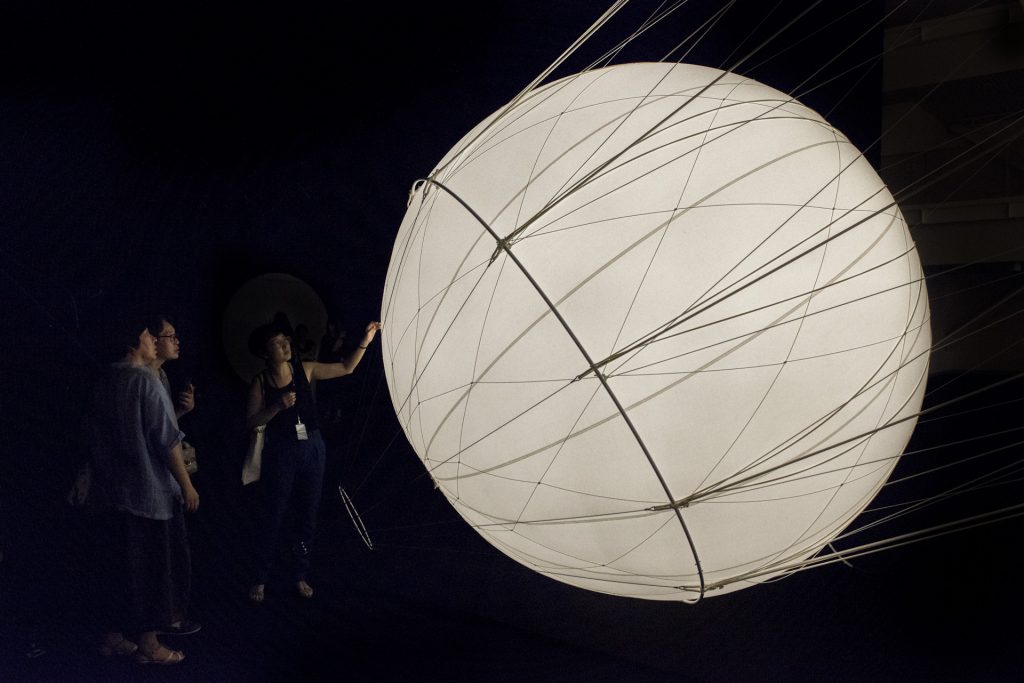
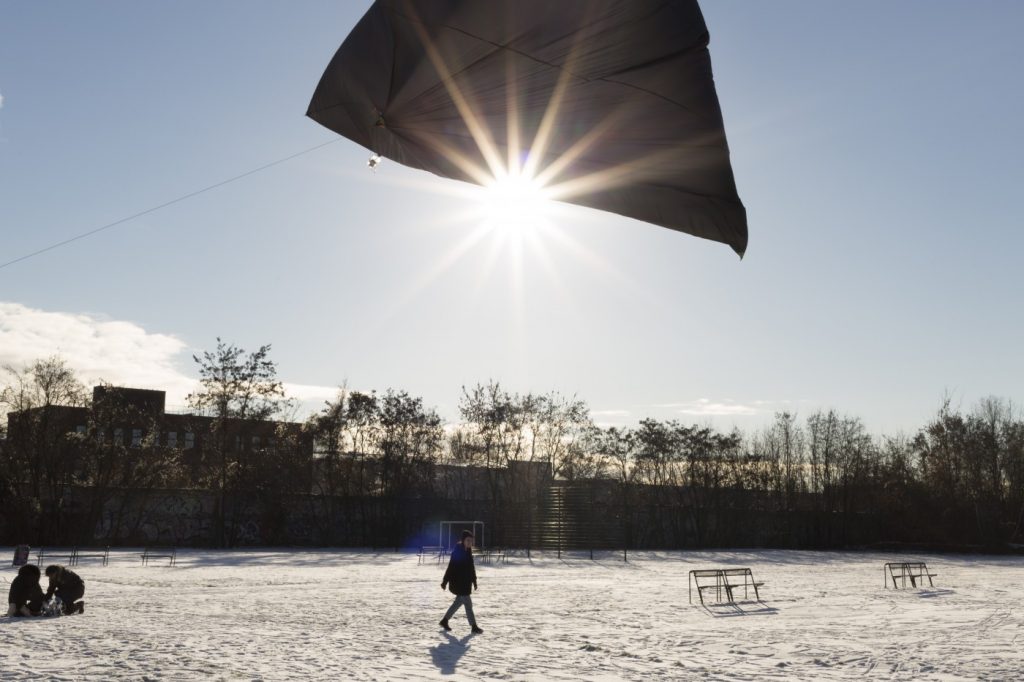

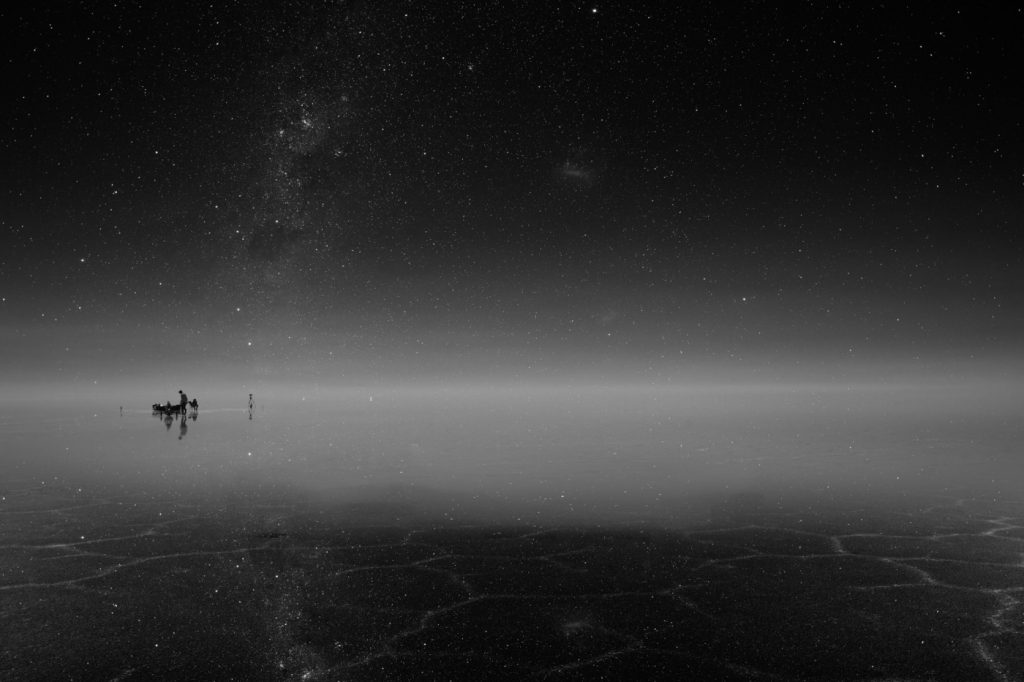
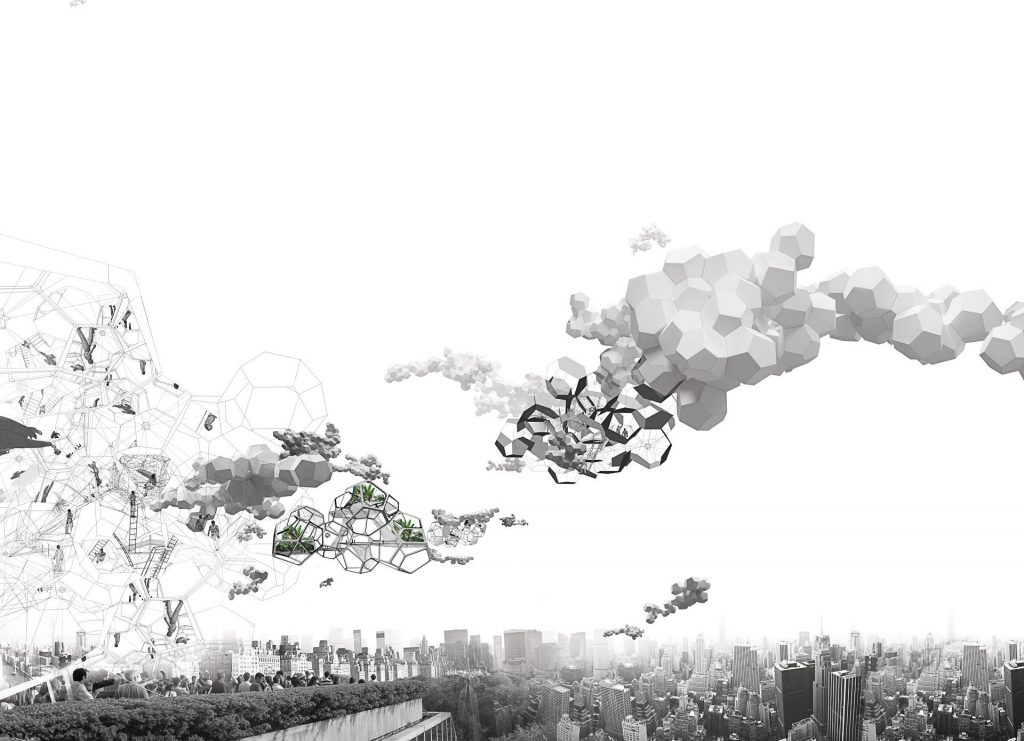
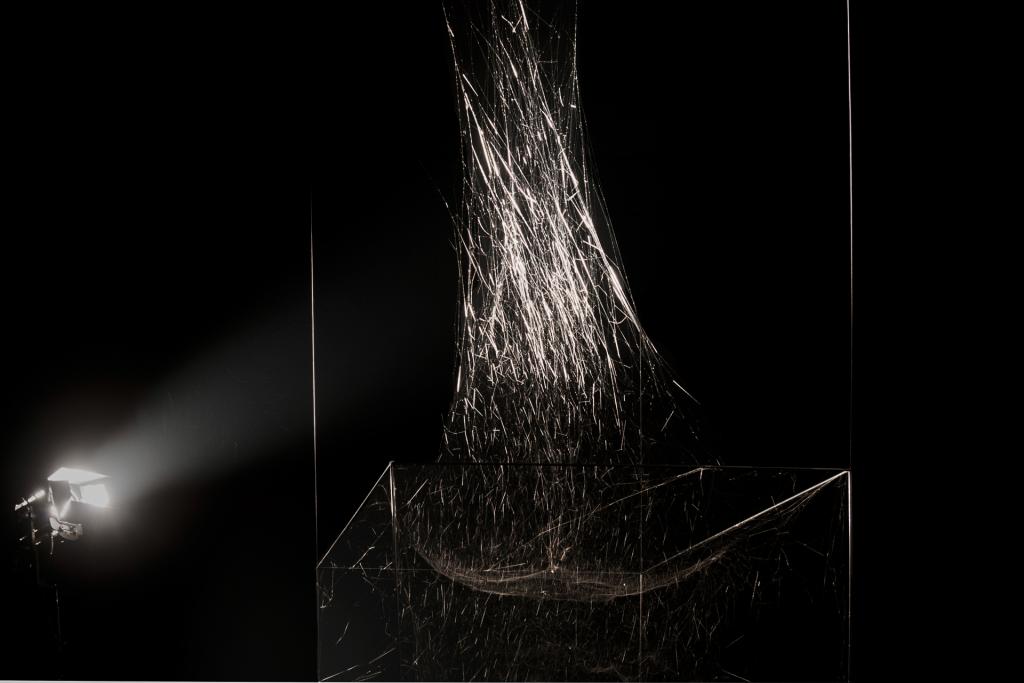

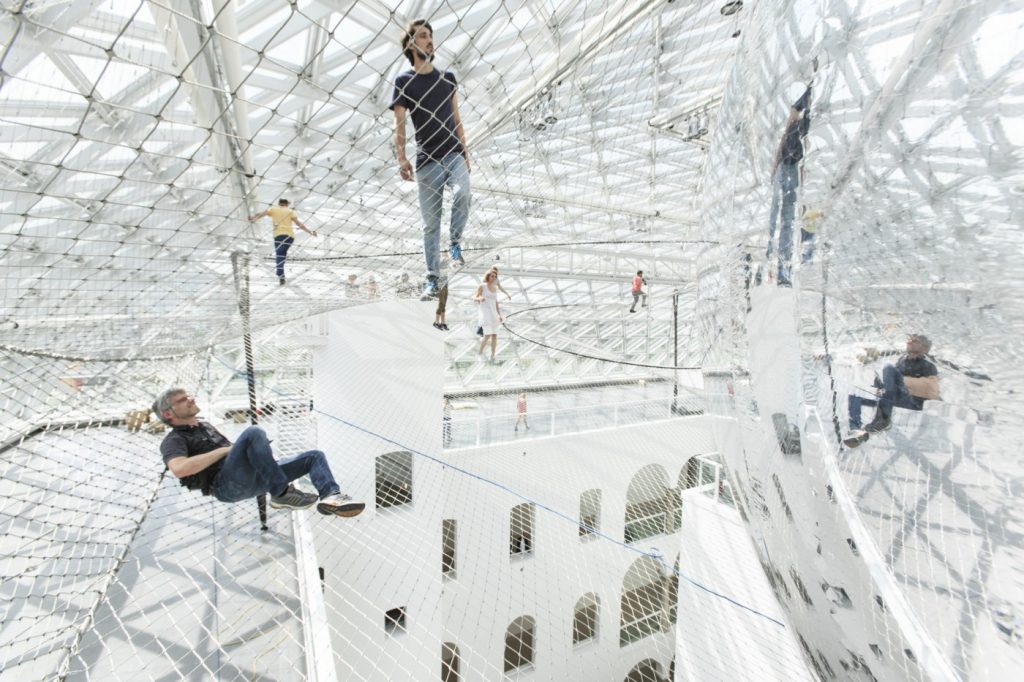
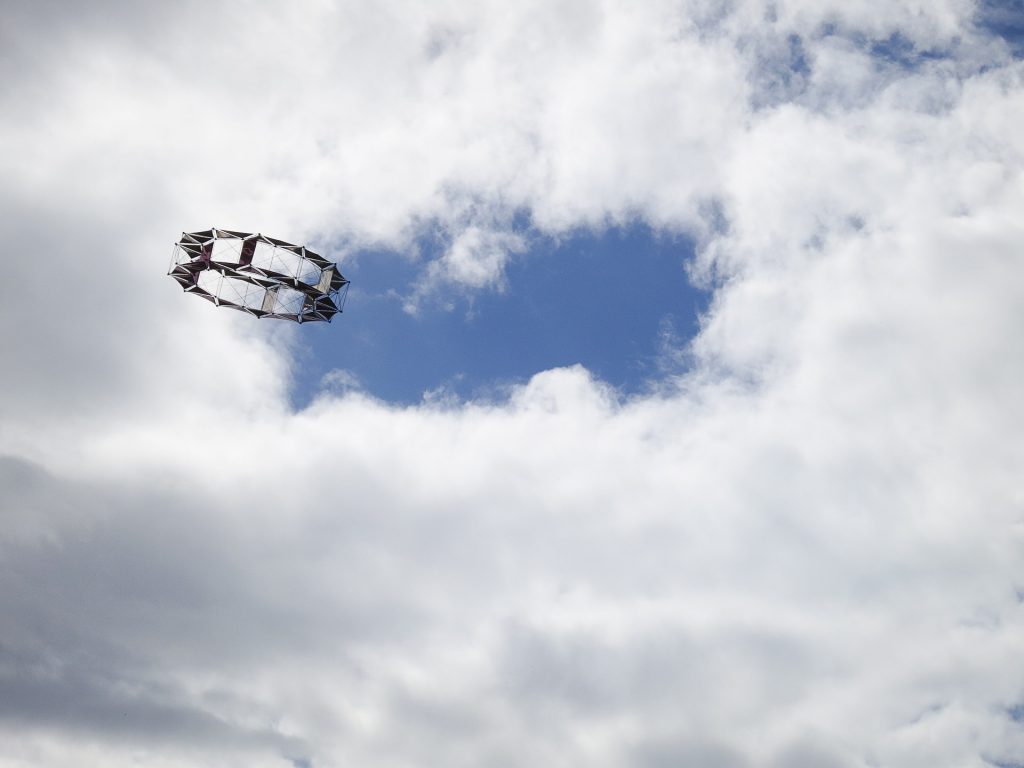
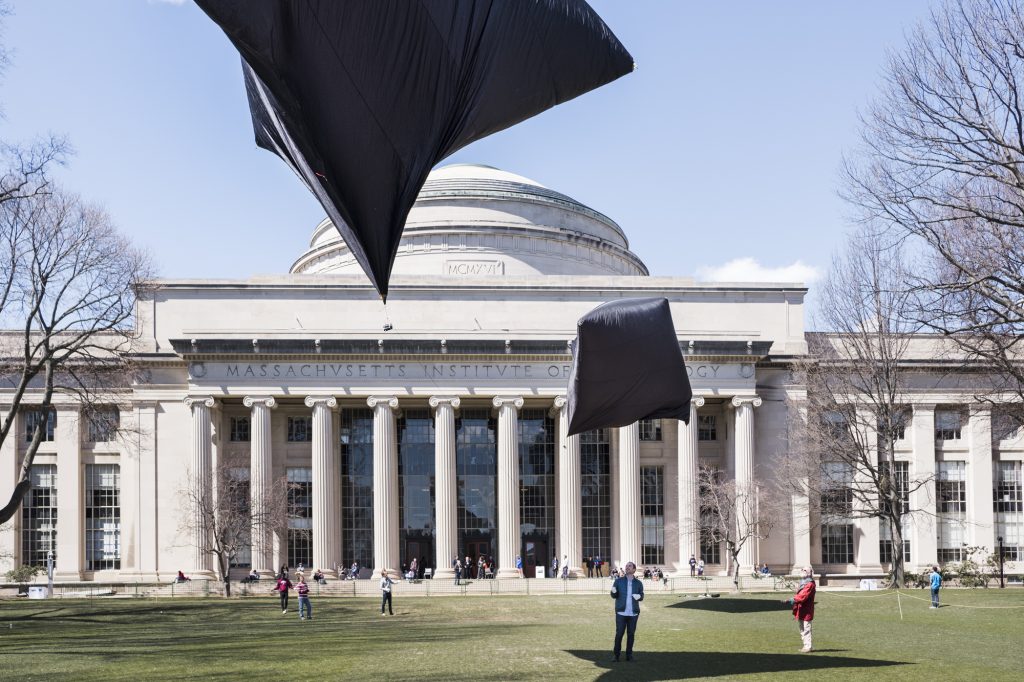
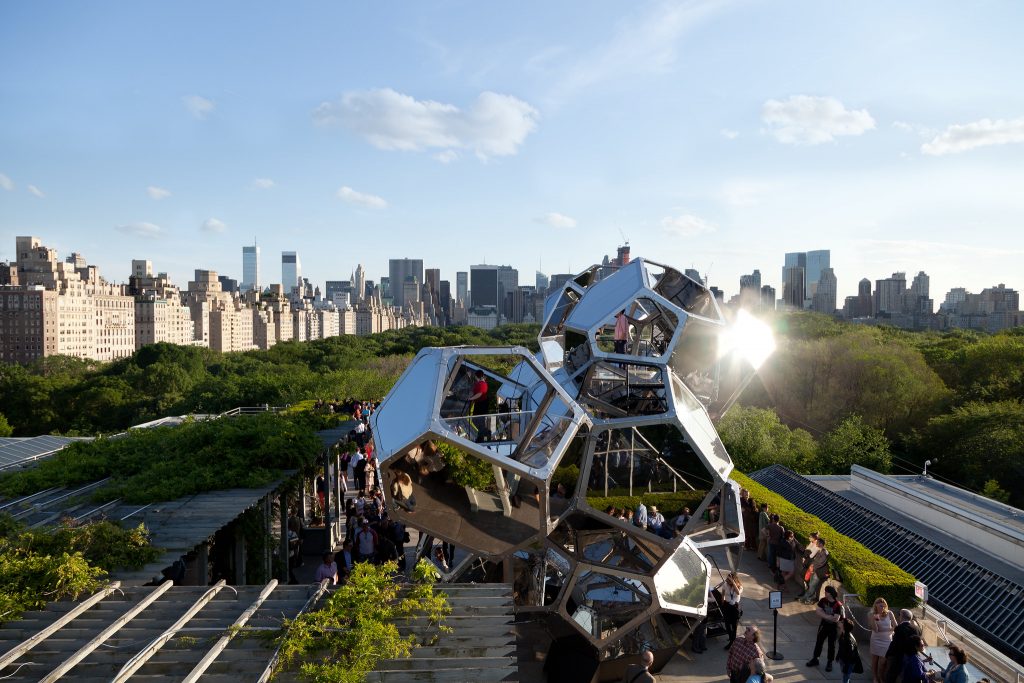
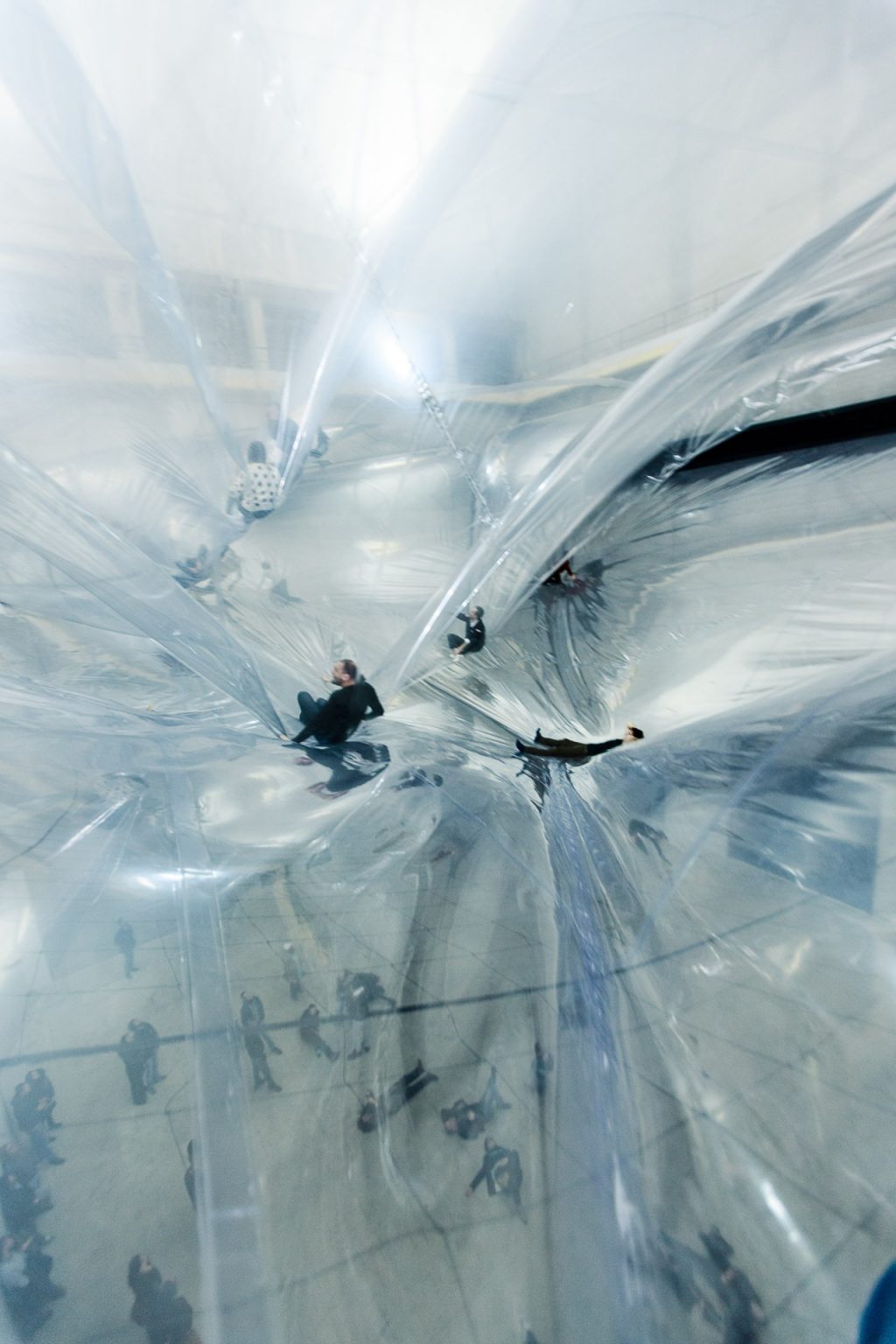
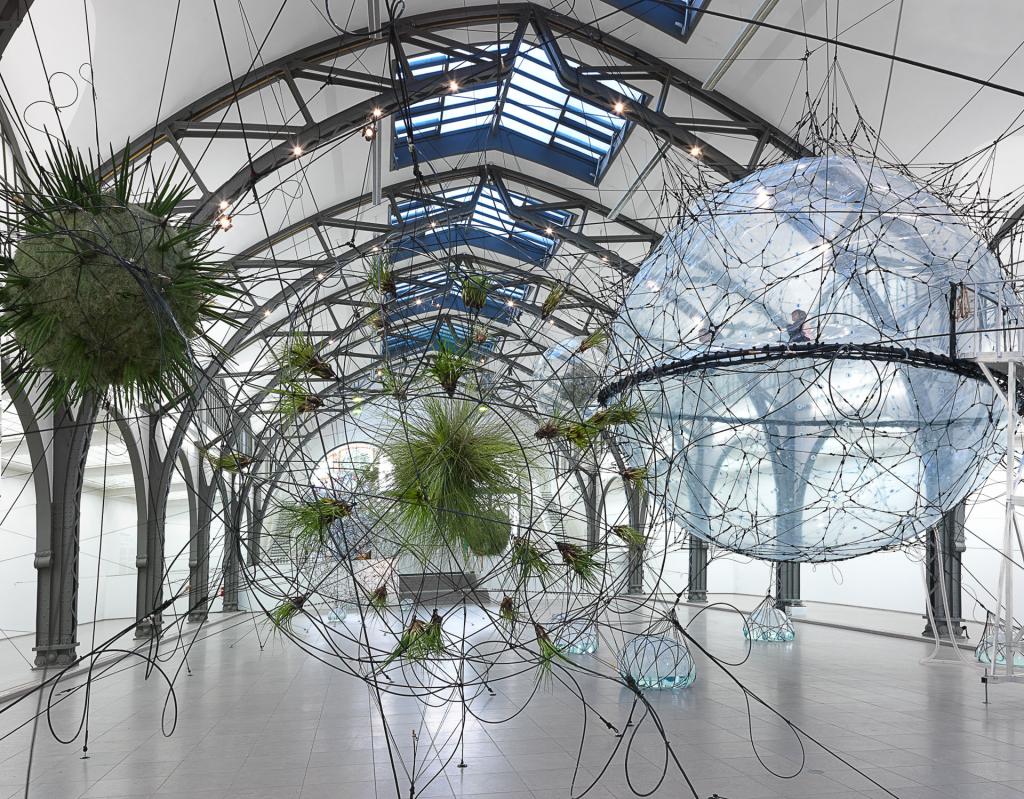
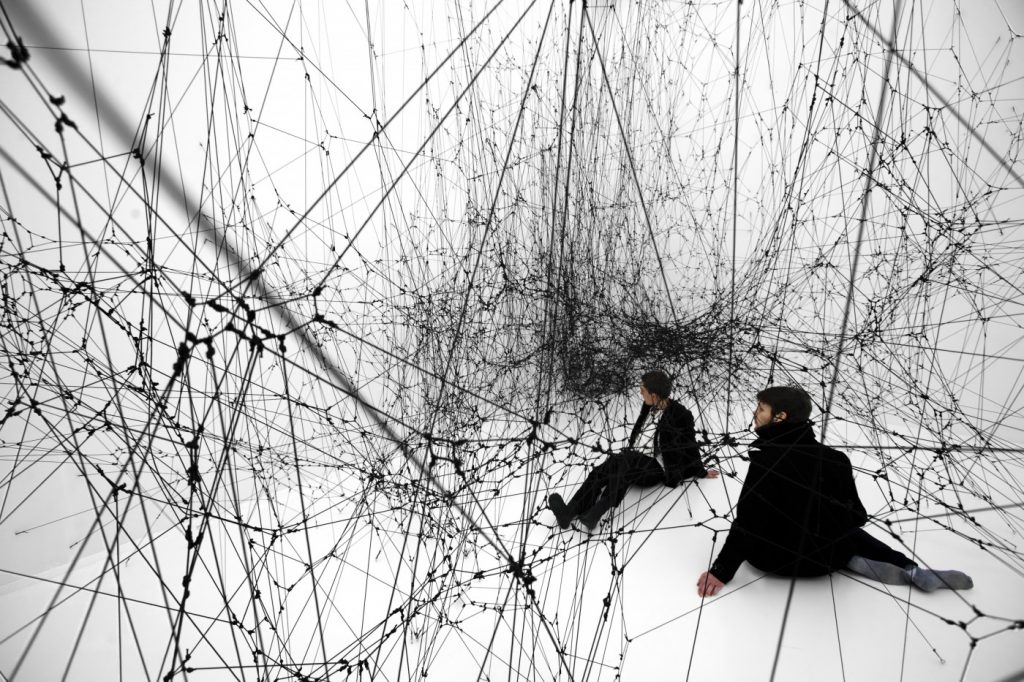
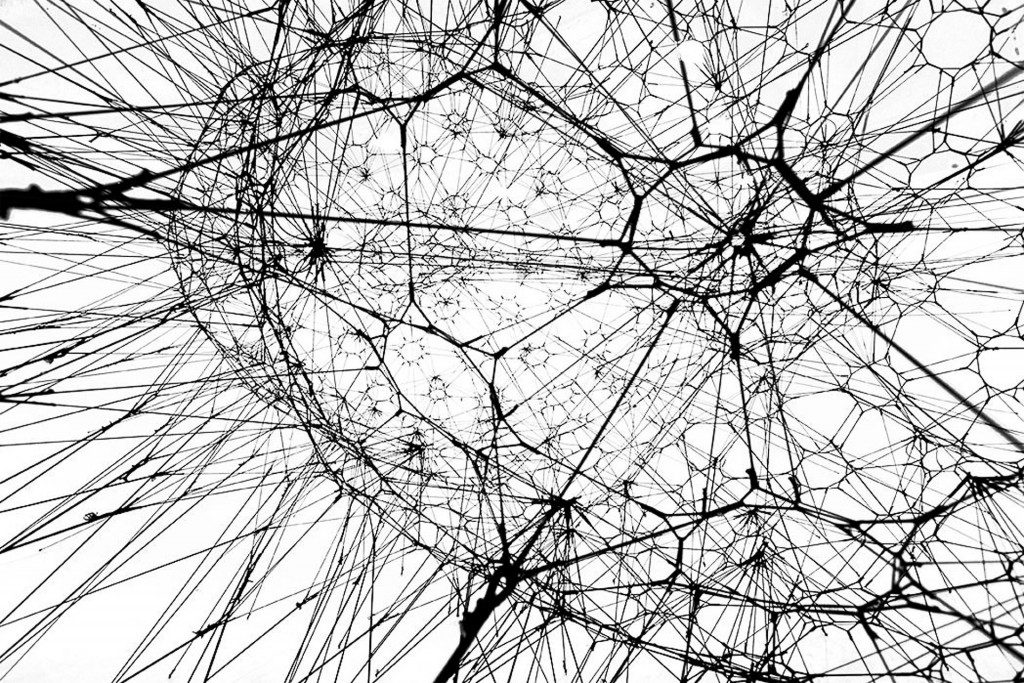
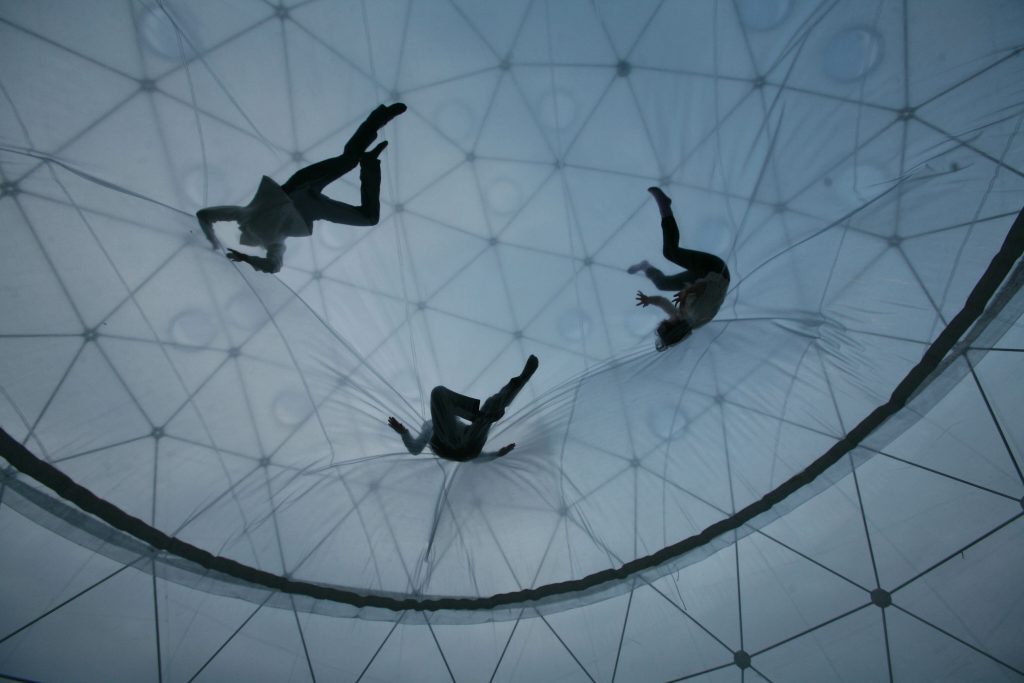
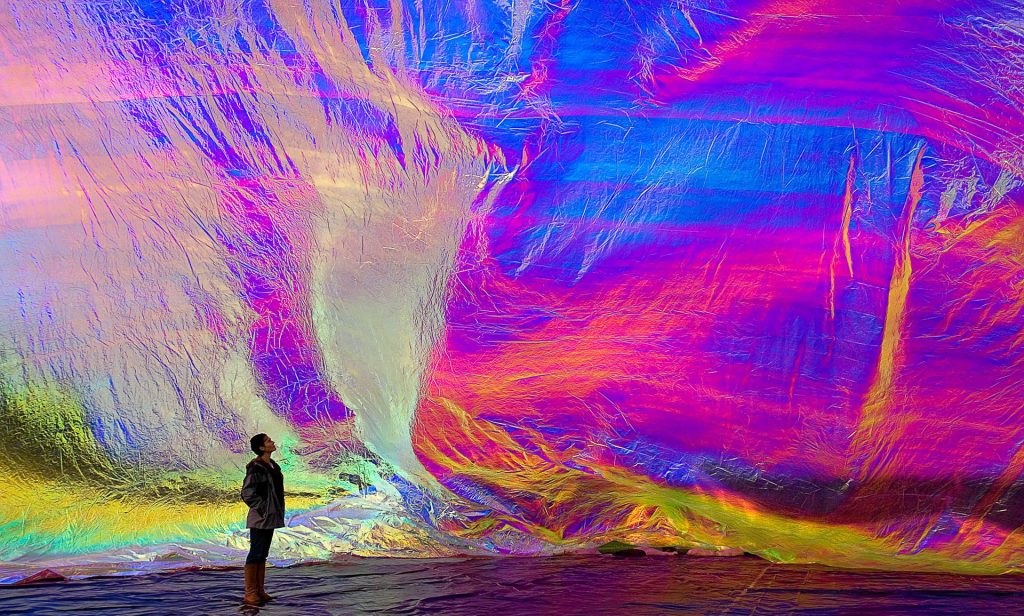
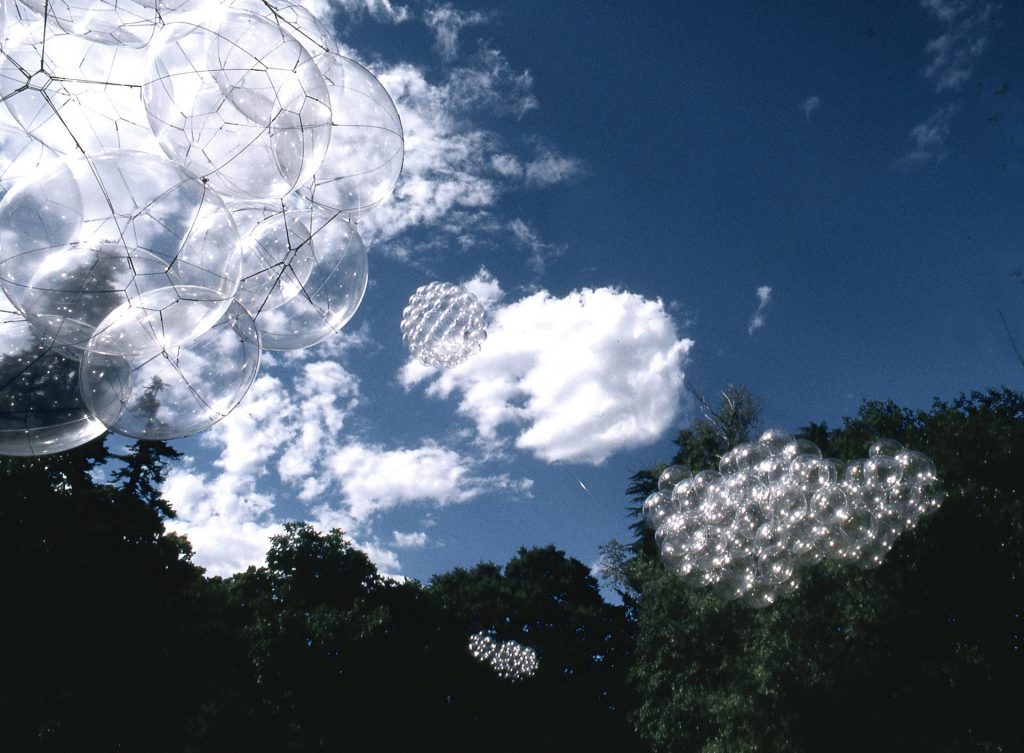
ON AIR is an emerging ecosystem that hosts a choreography of multiple voices belonging to human and non-human universes and in which works reveal common, fragile and ephemeral rhythms and trajectories linking these worlds. ON AIR is comprised of the myriad presences, animate and inanimate, that meet and cohabit within it.
The exhibition functions as an ensemble, revealing the strength of the various entities floating in the air and the ways in which they interact with us: from CO2 to cosmic dust, from radio waves to reimagined corridors of movement. Thus, when breath becomes air, the invisible histories that compose the nature of which we are a part of invite us to poetically reimagine our ways of inhabiting the world—and of being human.
As industrial extraction mines the Earth for resources, threatening entire ecologies, ON AIR celebrates new ways of thinking and new modes of knowledge production that point the way to a planet free of borders and fossil fuels. In so doing, the exhibition responds to the debate and global challenges posed by the Anthropocene, a word coined to define an epoch in which human activity leaves an impact so great that it profoundly modifies terrestrial ecosystems.
ON AIR gathers numerous collaborators and collaborations, bringing together scientific institutions, research groups, activists, local communities, visitors, musicians, philosophers, non-human animals and celestial phenomena, all of whom collectively take part in the evolution of the exhibition. Workshops, concerts, and public talks will regularly transform the exhibition into a ‘cosmic jam session’, animating ON AIR with new encounters and assemblies that appear out of this togetherness as part of nascent rhythms of interspecies solidarity …

Eclipse of the Aerocene Explorer, 2016. Performance in Salar de Uyuni, Bolivia, January 2016, during Tomás Saraceno’s artistic expedition.

W7029E16, 2018. From the series Printed Matter, printed with black carbon pm 2.5 pollution, extracted from the air. Image from a special issue of NASA Cosmic Dust Catalogue, April 1982, p85.
… the cosmic web is a vibrant superorganism—its filamentary networks of assembling dark matter providing the mesh on which the large-scale structure of the universe is composed …

Aerocene, launches in White Sands (NM, United States), 2015.
… when breath becomes air, the invisible histories that compose the nature of which we are a part of, invite us to poetically reimagine our ways of inhabiting the world—and of being human …

A Thermodynamic Imaginary, 2018. Installation view at ON AIR, Carte Blanche exhibition to Tomás Saraceno, Palais de Tokyo, Paris, 2018.

A Thermodynamic Imaginary, 2018. © Photography by Andrea Rossetti, 2018.

Quasi-social musical instrument IC 342 built by: 7000 Parawixia bistriata – six months, 2017. Installation view, How to Entangle the Universe in a Spider Web at Museo de Arte Moderno de Buenos Aires.

Sounding the Air, 2018. Installation view at ON AIR, carte blanche exhibition to Tomás Saraceno, Palais de Tokyo, Paris, 2018. With the generous support of IRCAM and FOCAL. Courtesy of the artist and neugerriemschneider (Berlin).
“The ability of the spider to use as little as possible to suspend herself in air with a barely visible architecture of threads spun out of her body is a model for suspending ourselves above the planet in bubbles energized only by the sun.”

Aerocene Tata Inti performance. Salinas Grandes, Jujuy, Argentina, August 7, 2017.

Aeolus 483.8, 2018.

Webs of At-tent(s)ion, 2018. Installation view at ON AIR, carte blanche exhibition to Tomás Saraceno, Palais de Tokyo, Paris, 2018. Courtesy of the artist and neugerriemschneider (Berlin).

Webs of At-tent(s)ion, 2018. Installation view at ON AIR, carte blanche exhibition to Tomás Saraceno, Palais de Tokyo, Paris, 2018. Courtesy of the artist and neugerriemschneider (Berlin).
What do you see when you look at an interplanetary dust particle? Is there anything at all given to sight or to thought while you contemplate it? […] Sure, you can try to conjure up the period when our solar system was coming together, condensing from gaseous and dusty clouds, their singular survivor now physically captured by you. But what do 4.6 billion years (the approximate duration that separates your “now” from space dust’s “then”) say to you?

The Politics of Solar Rhythms: Cosmic levitation, 2018. Installation view at ON AIR, carte blanche exhibition to Tomás Saraceno, Palais de Tokyo, Paris, 2018. With thanks to Heinrich Jaeger (Jaeger Lab, James Franck Institute at the University of Chicago). © Photography by Andrea Rossetti, 2018.
...